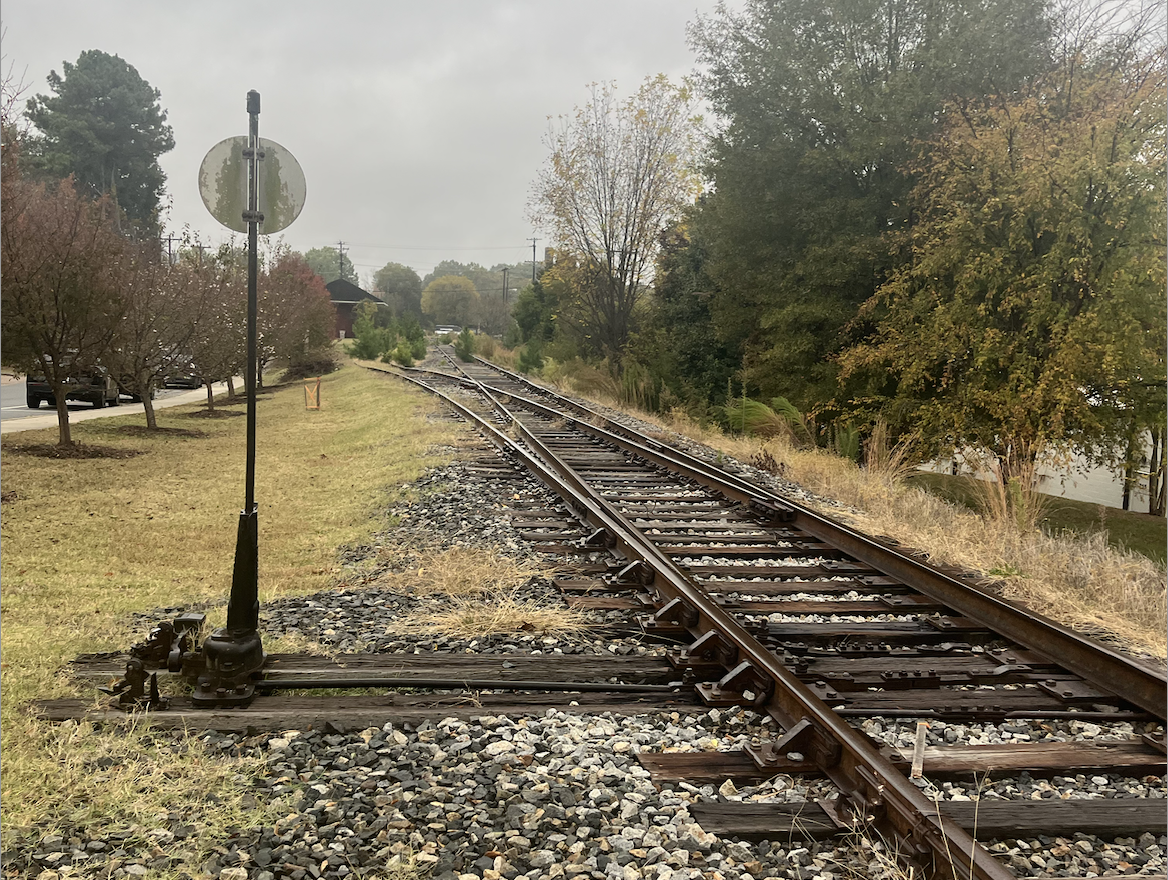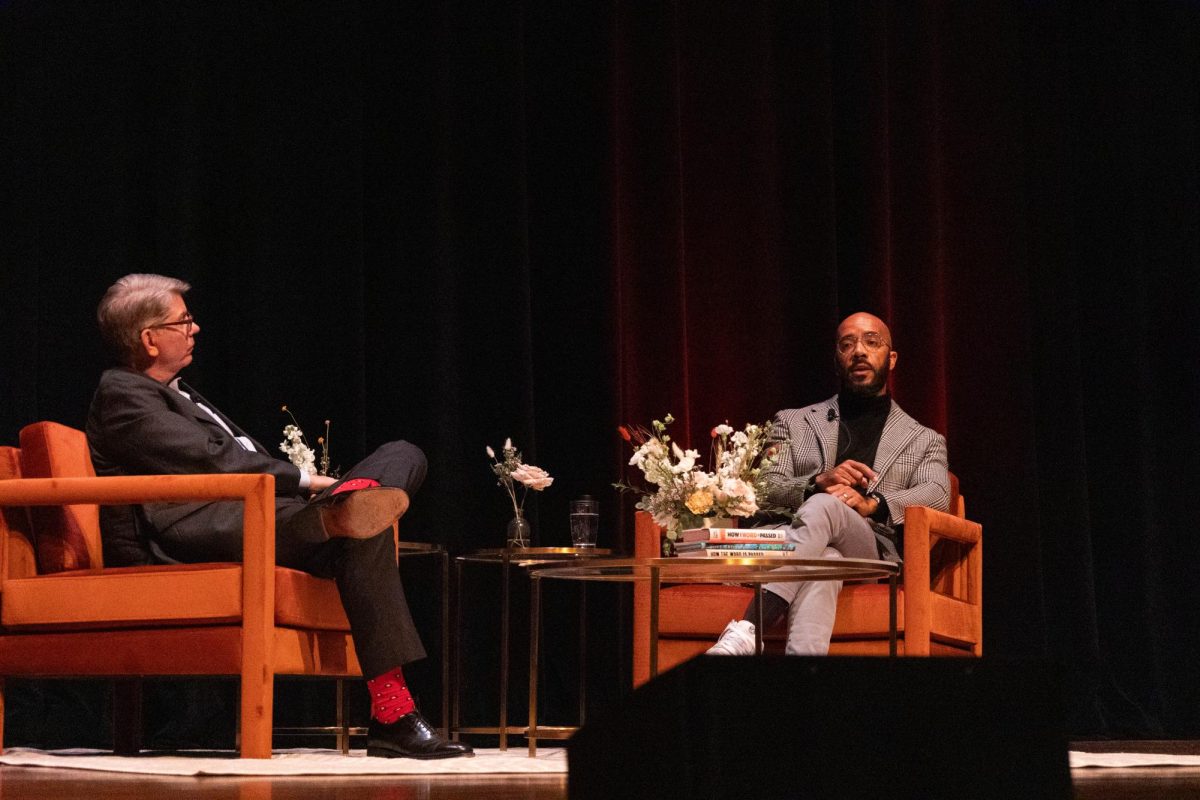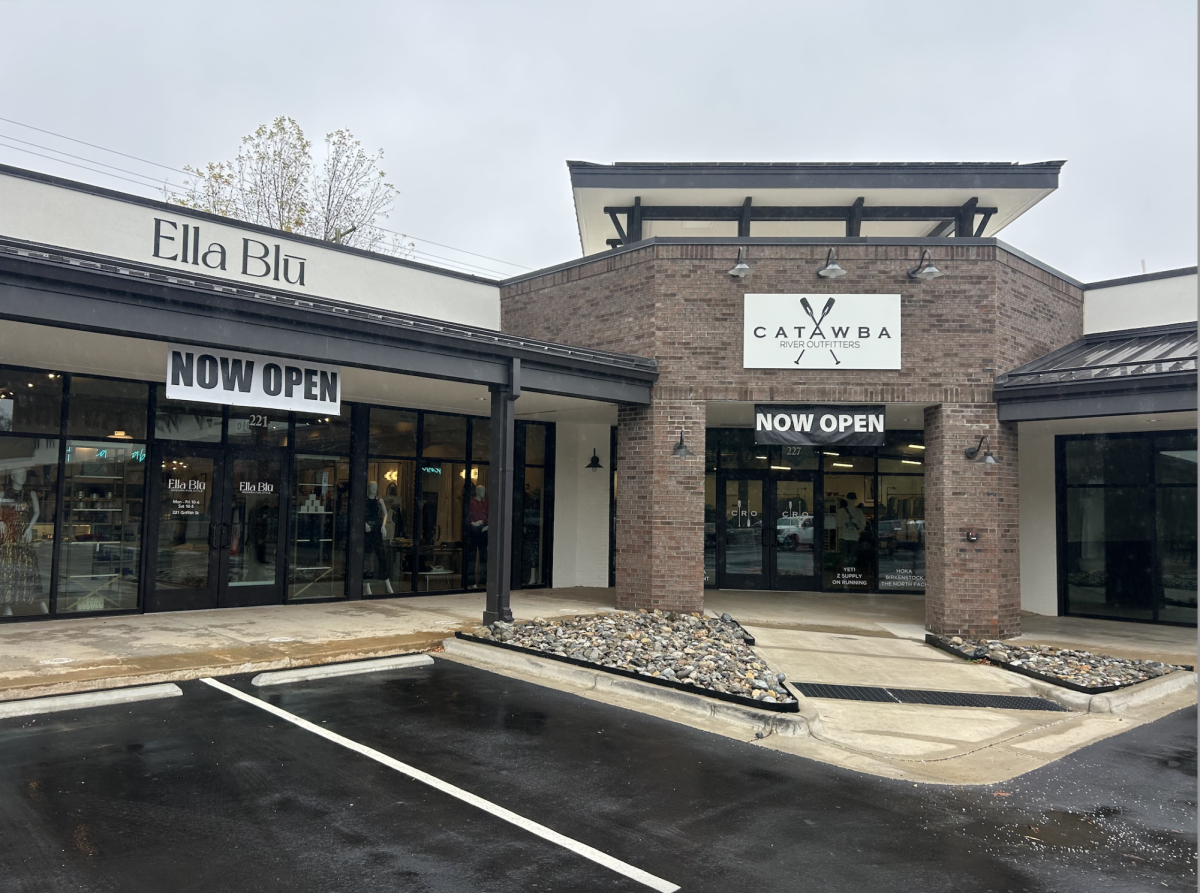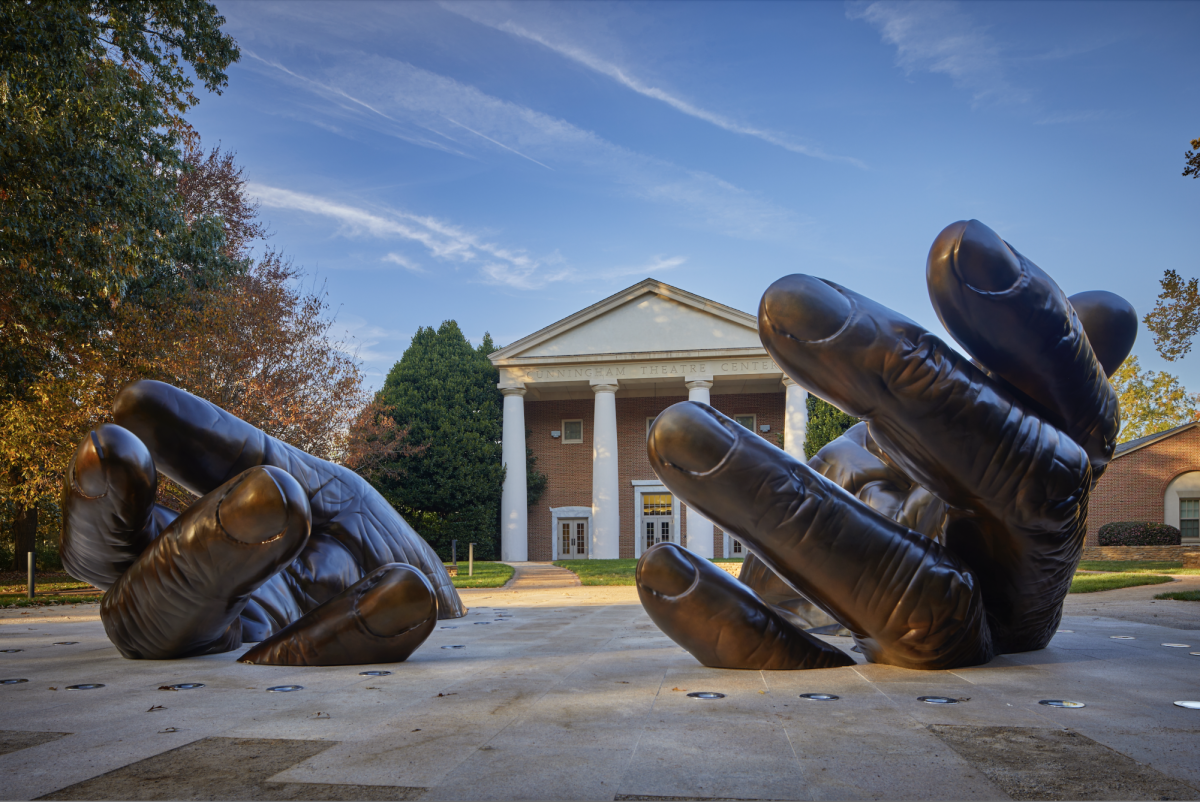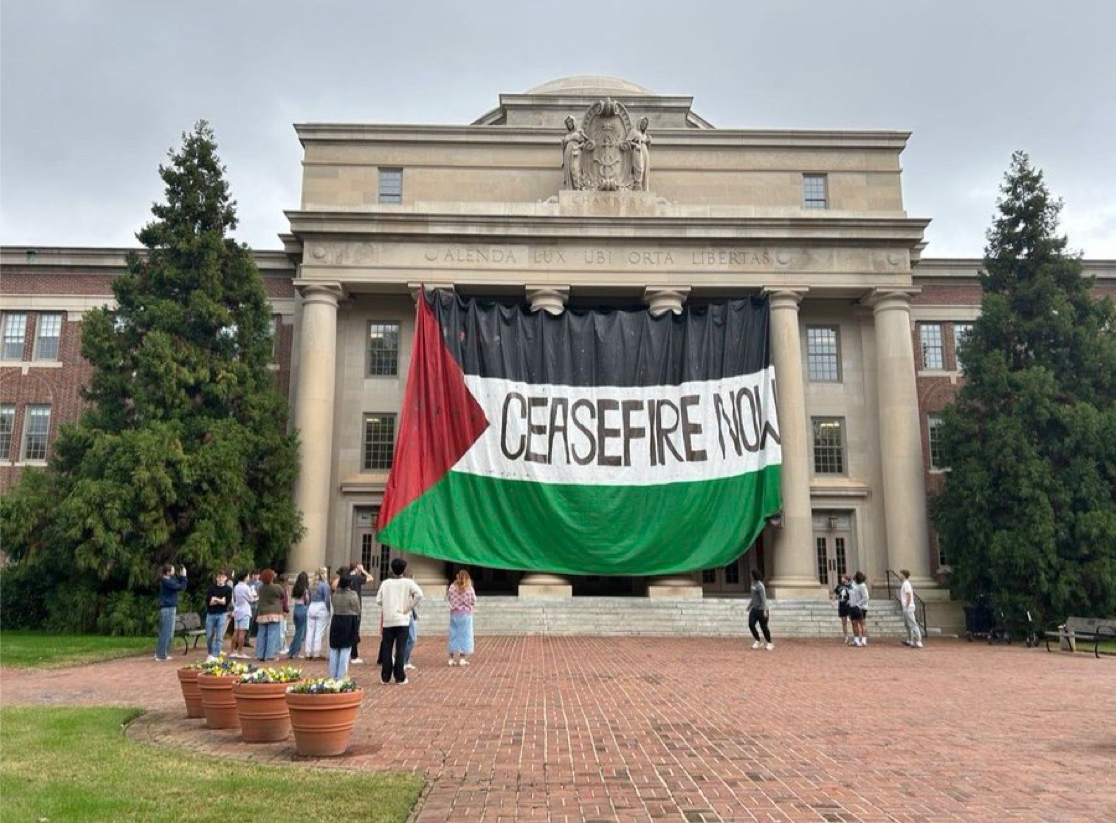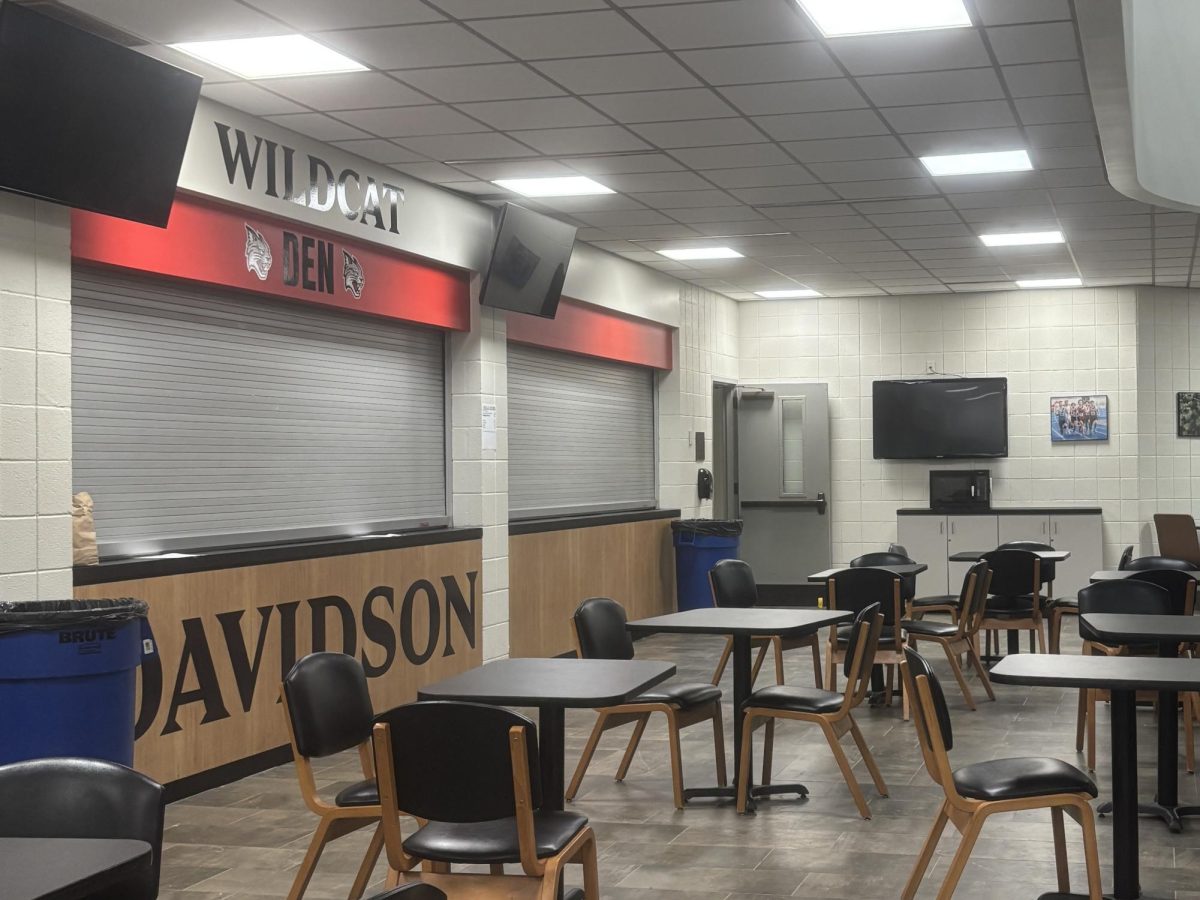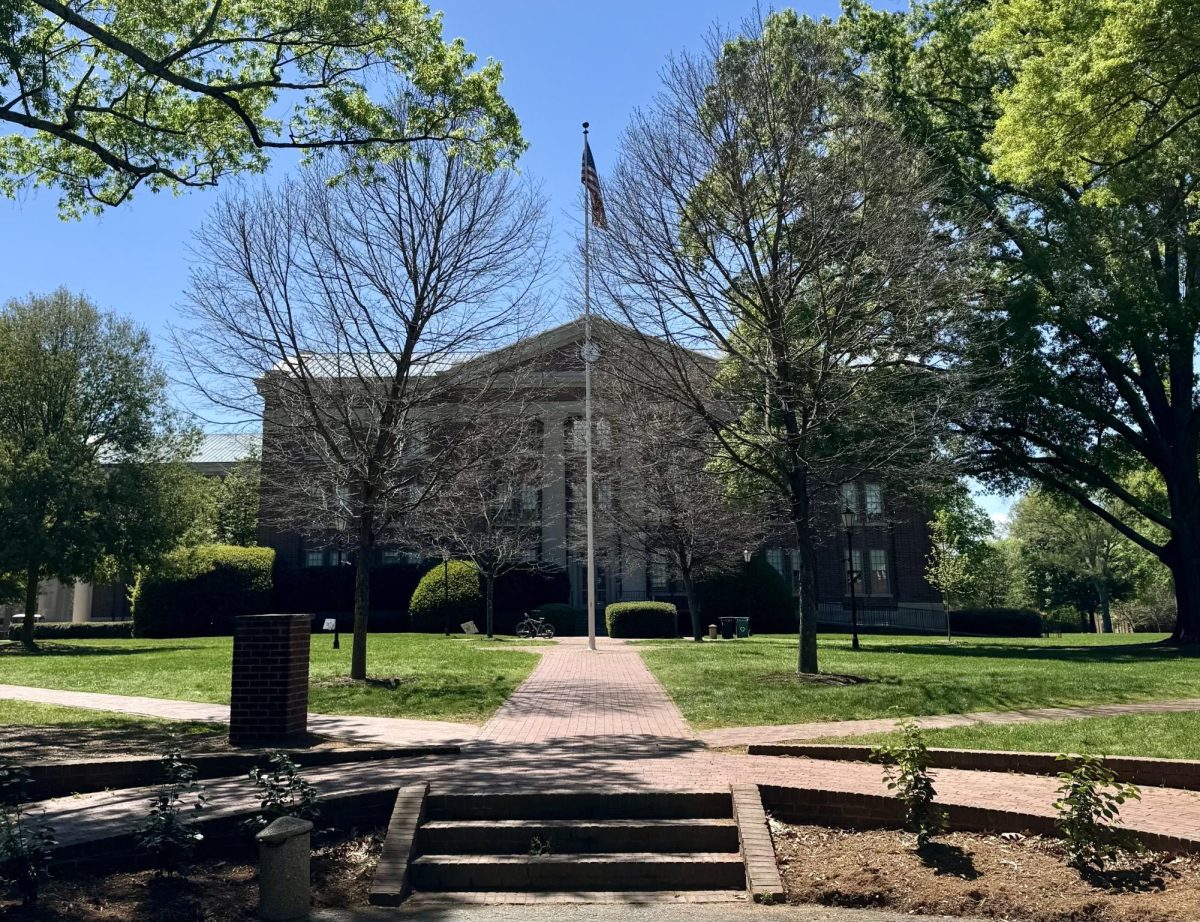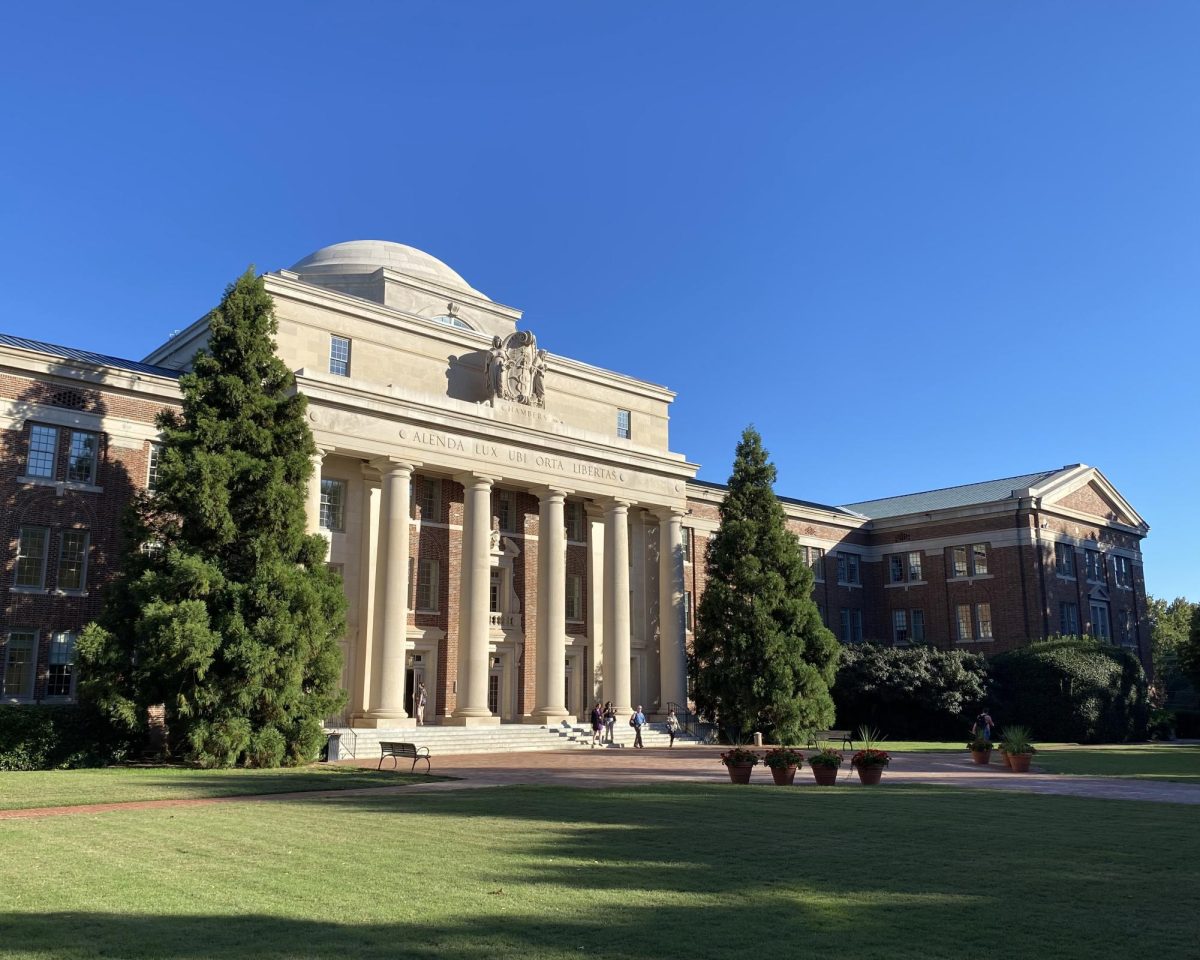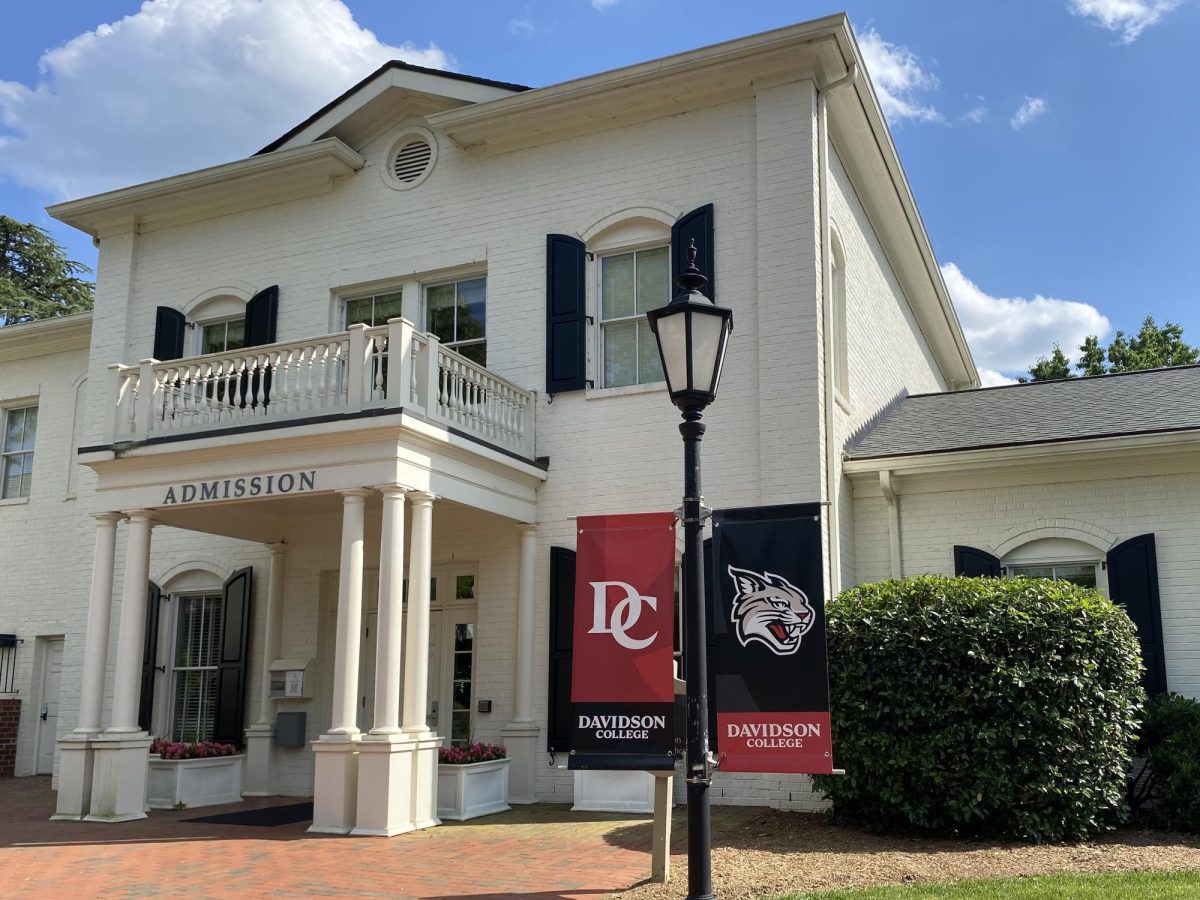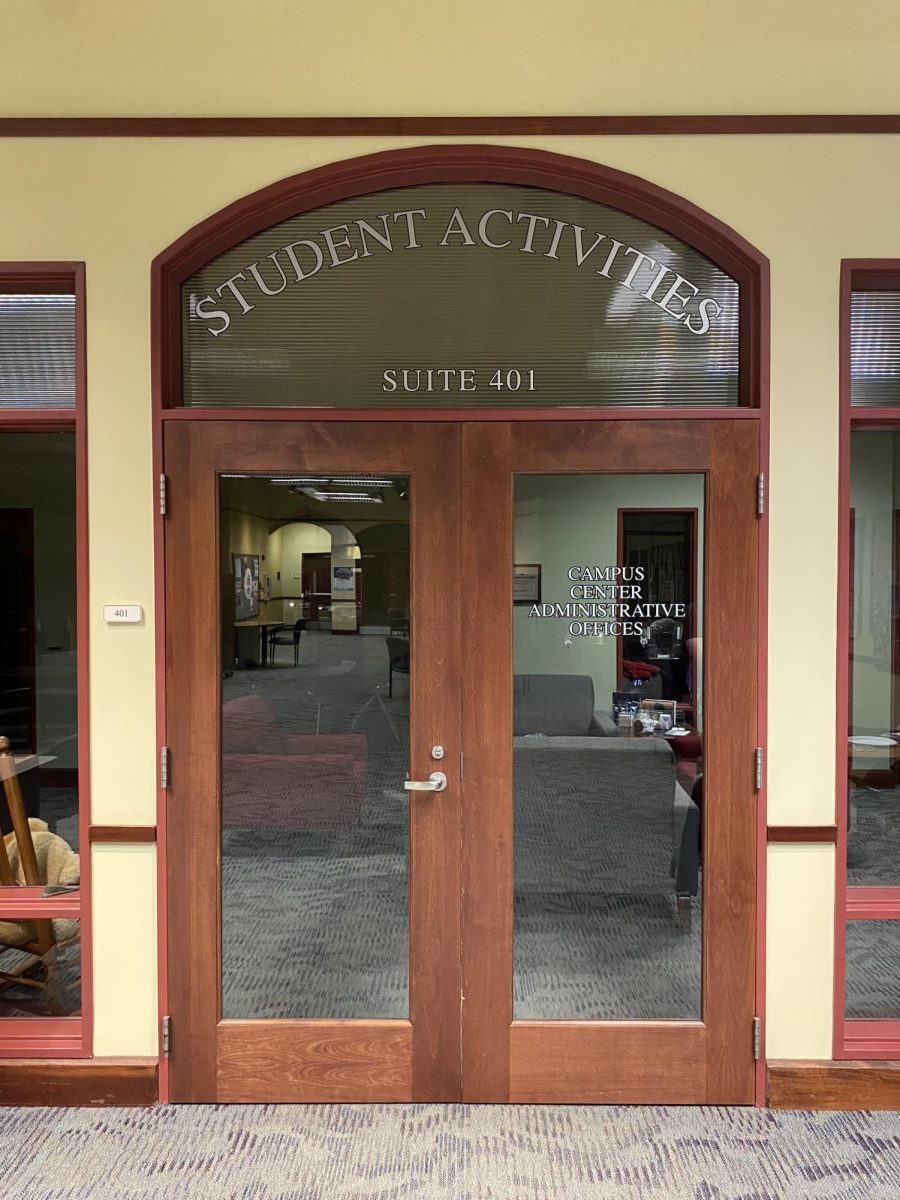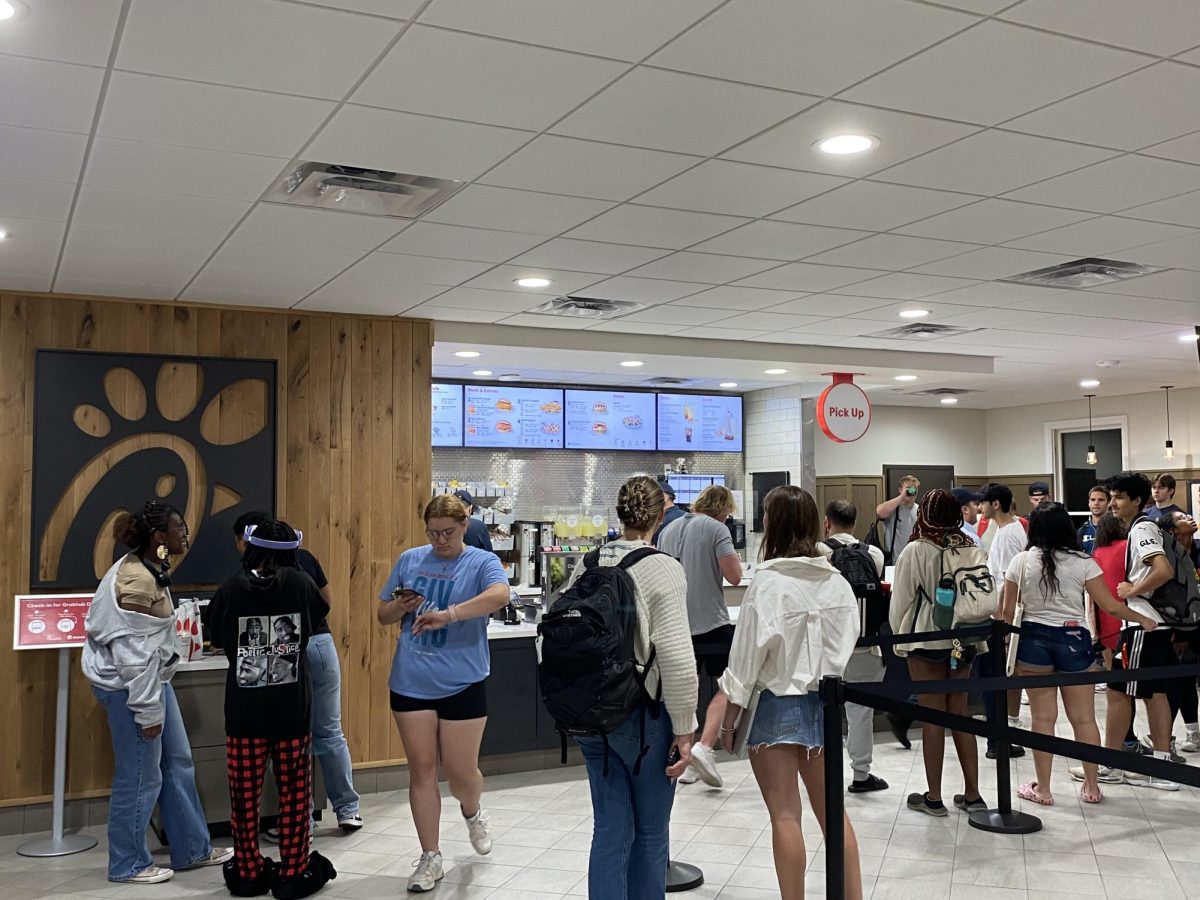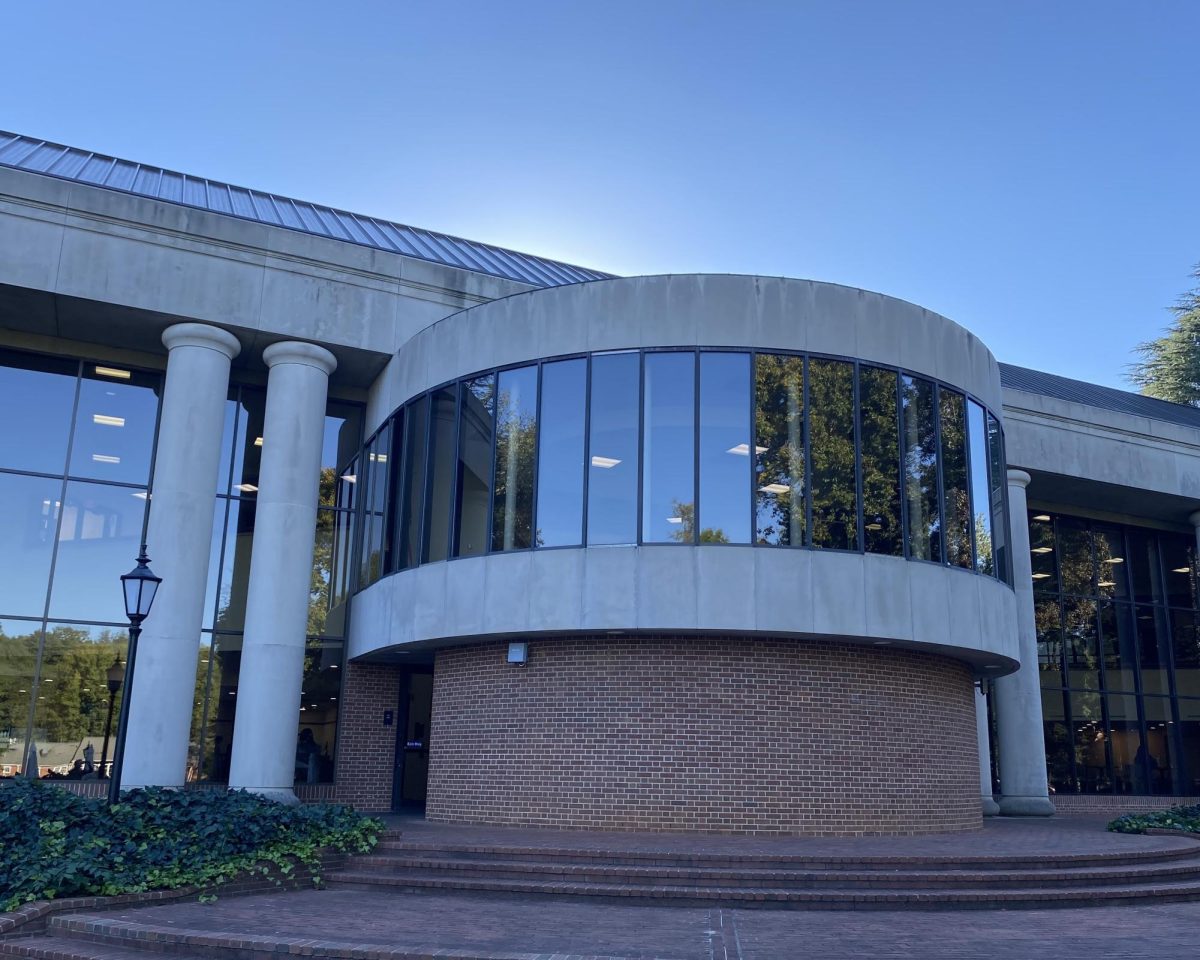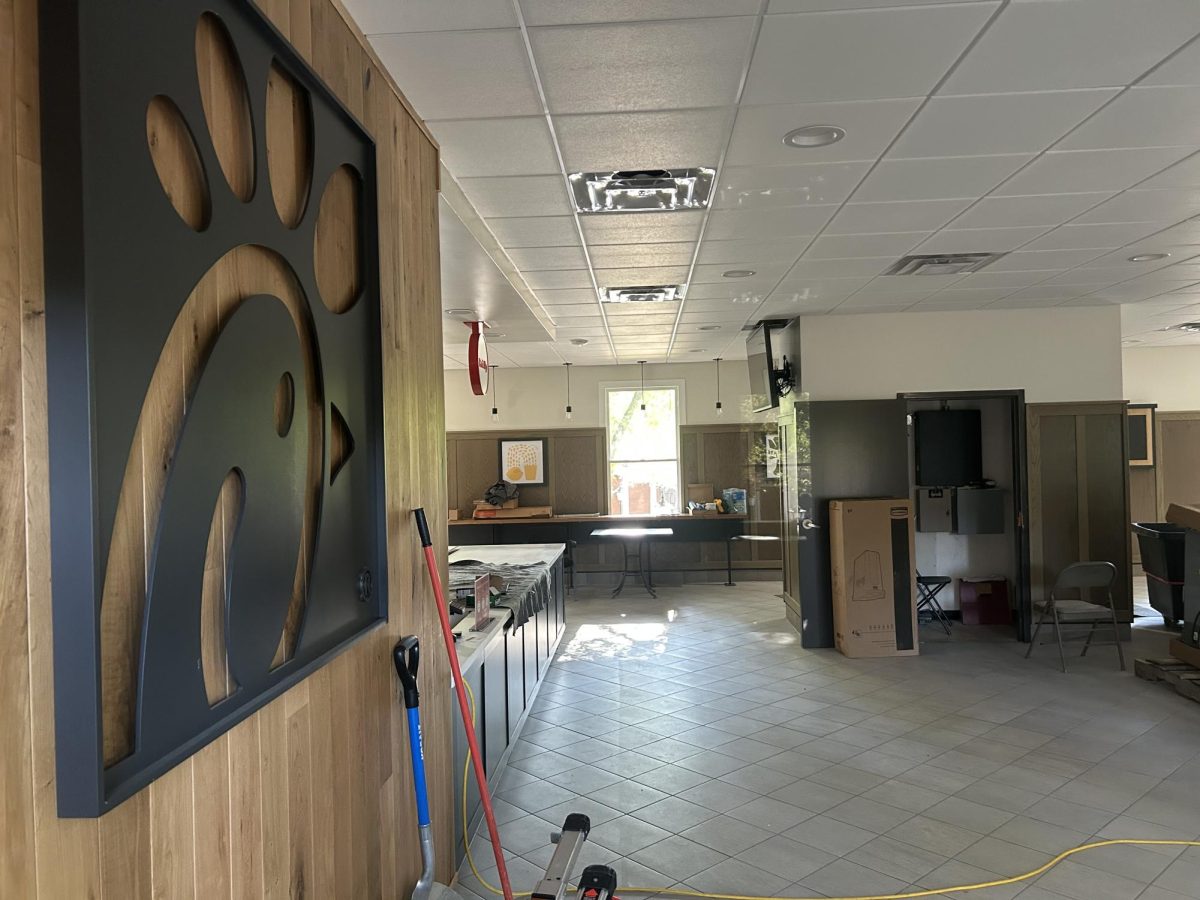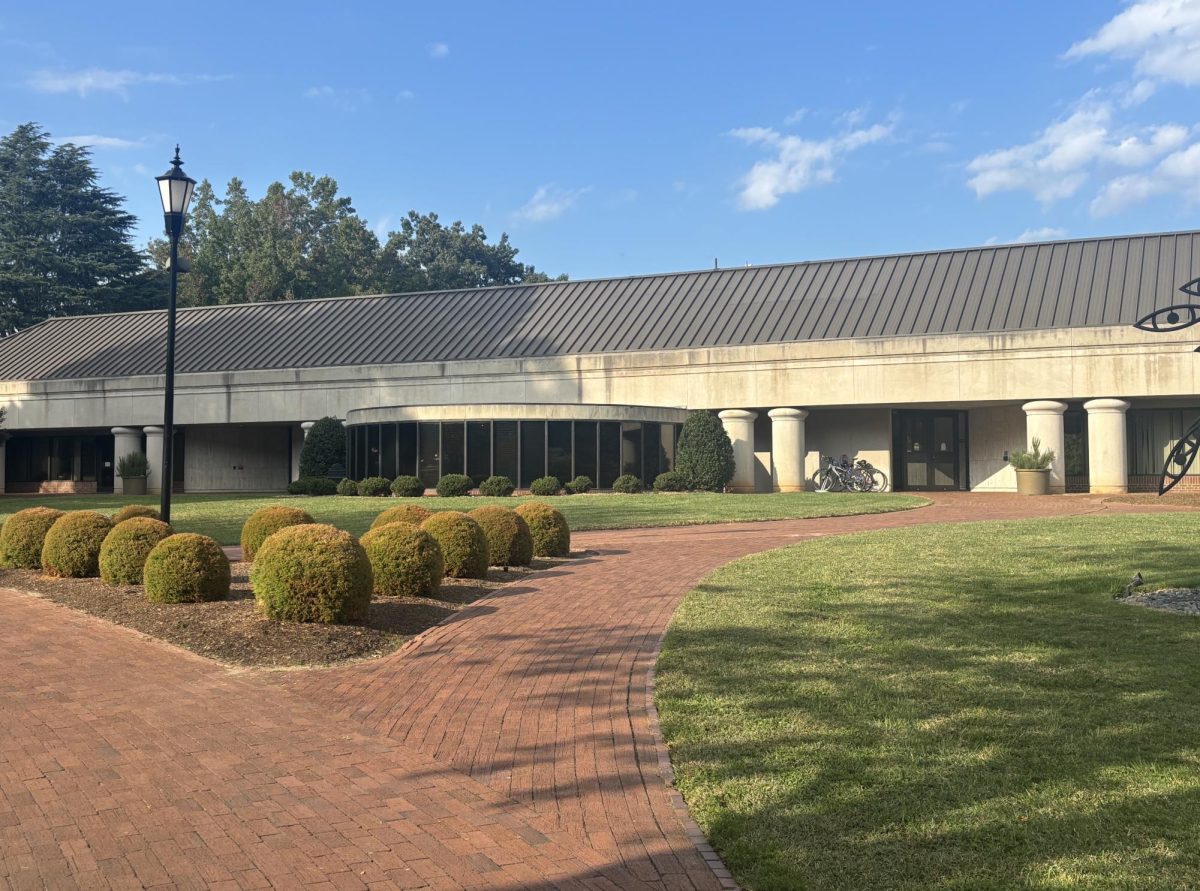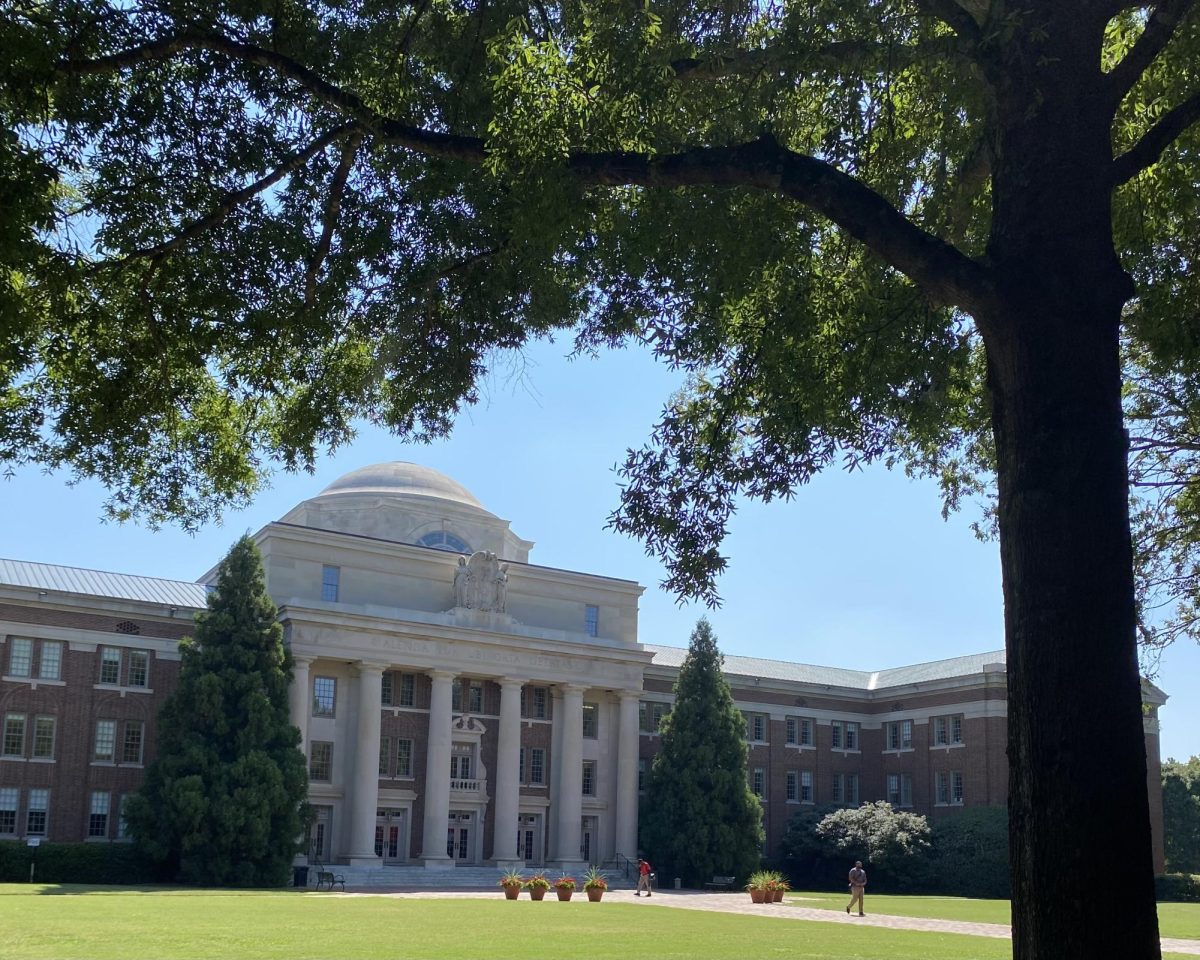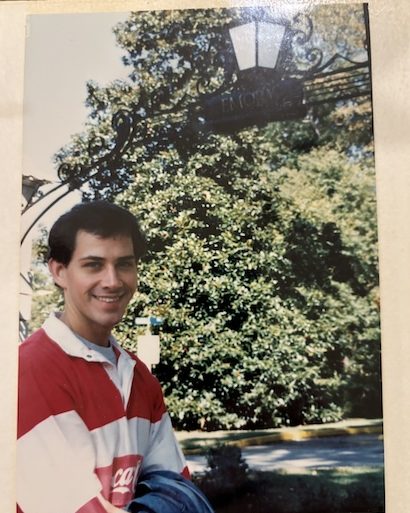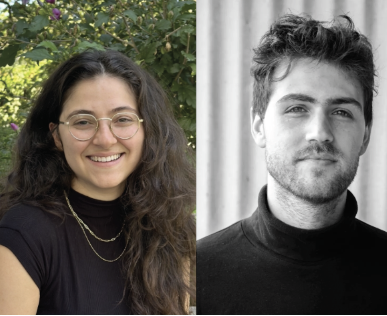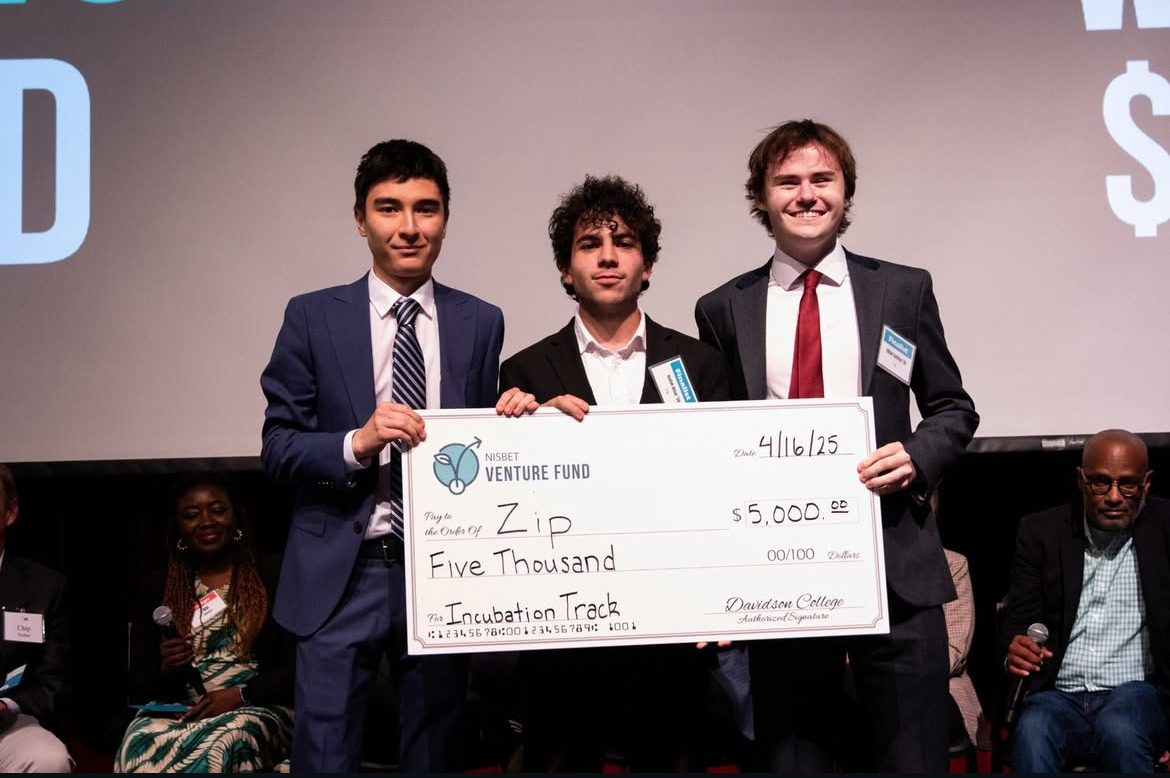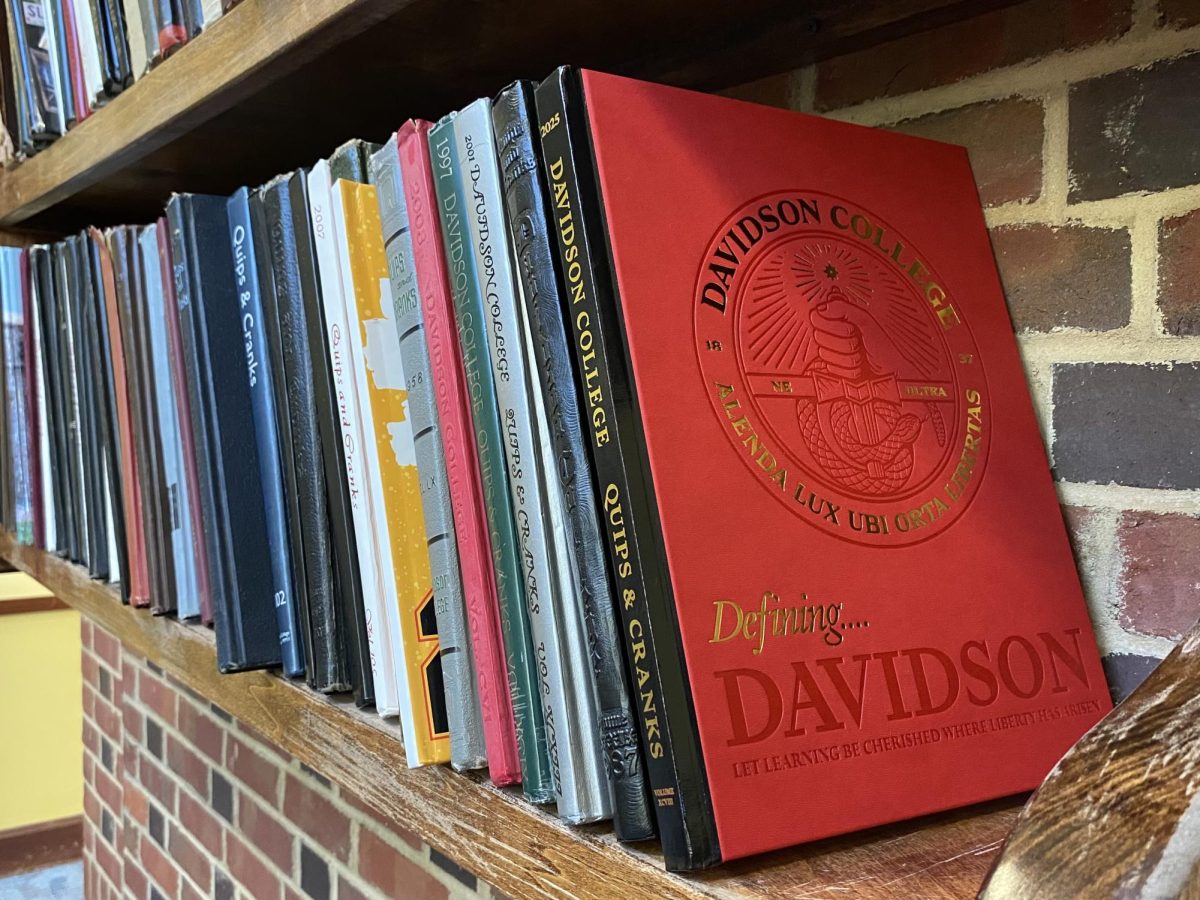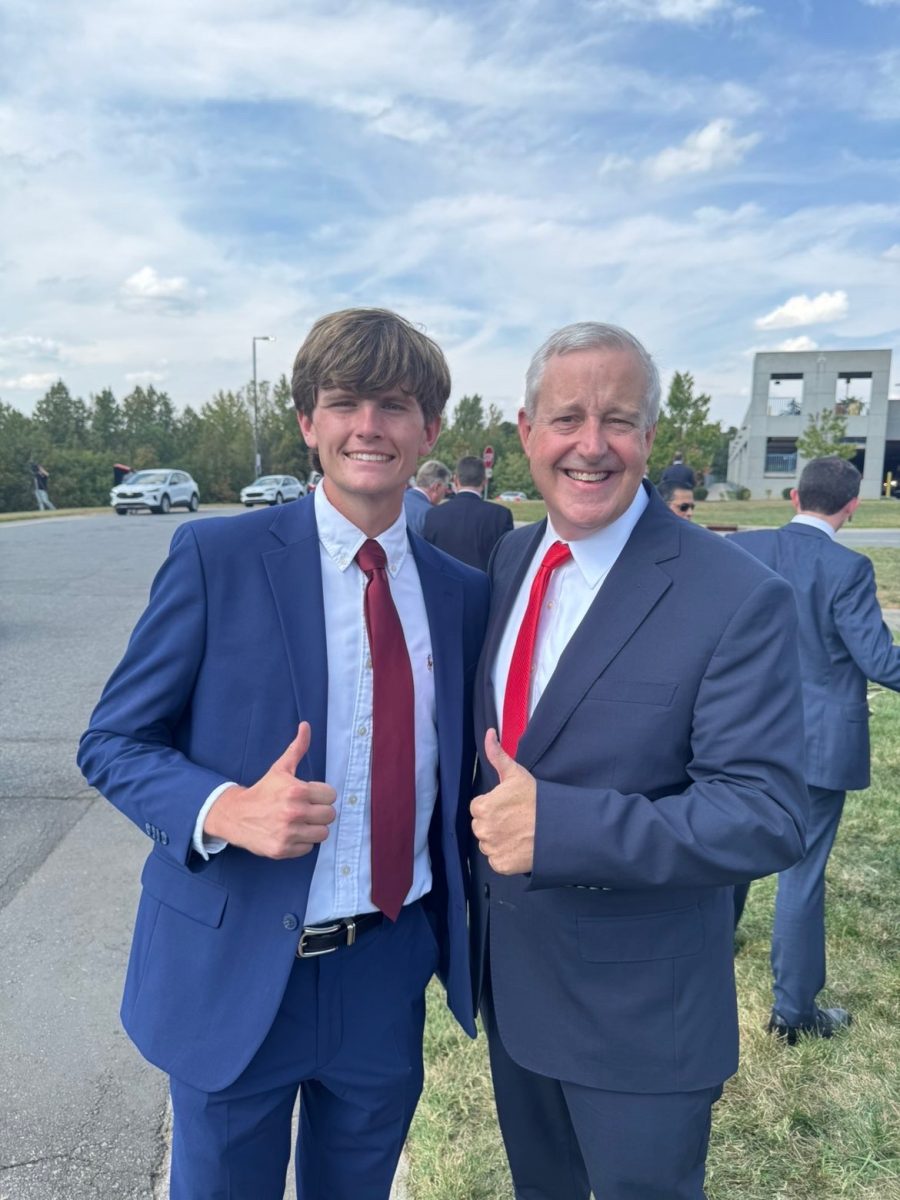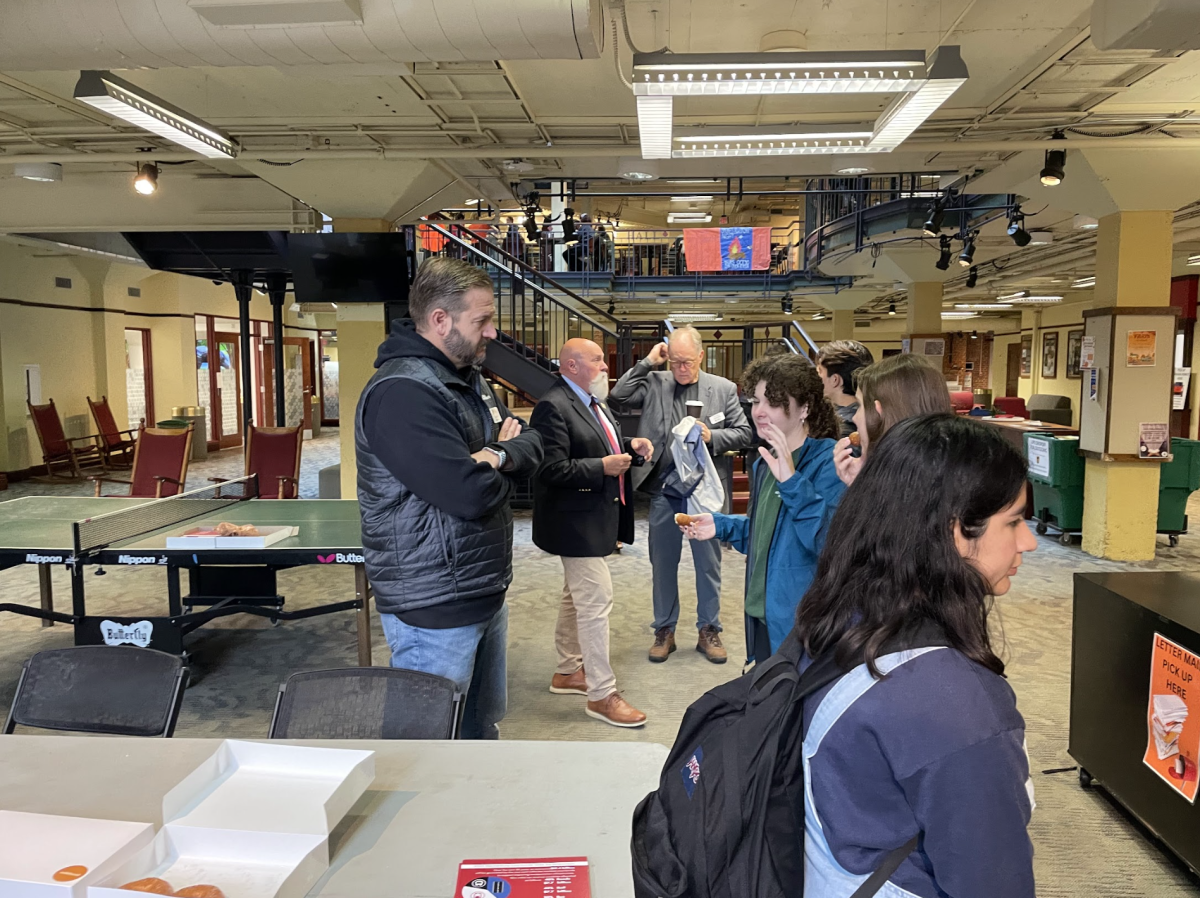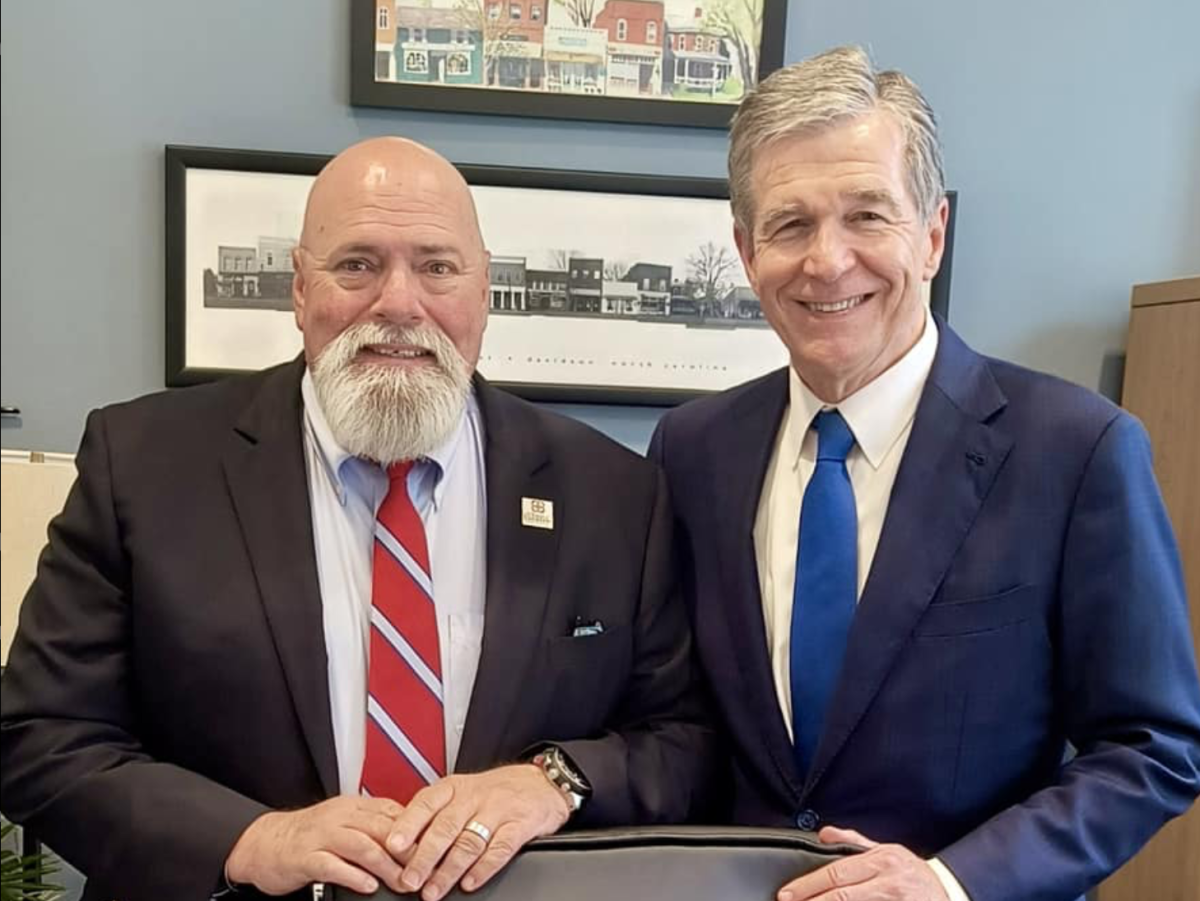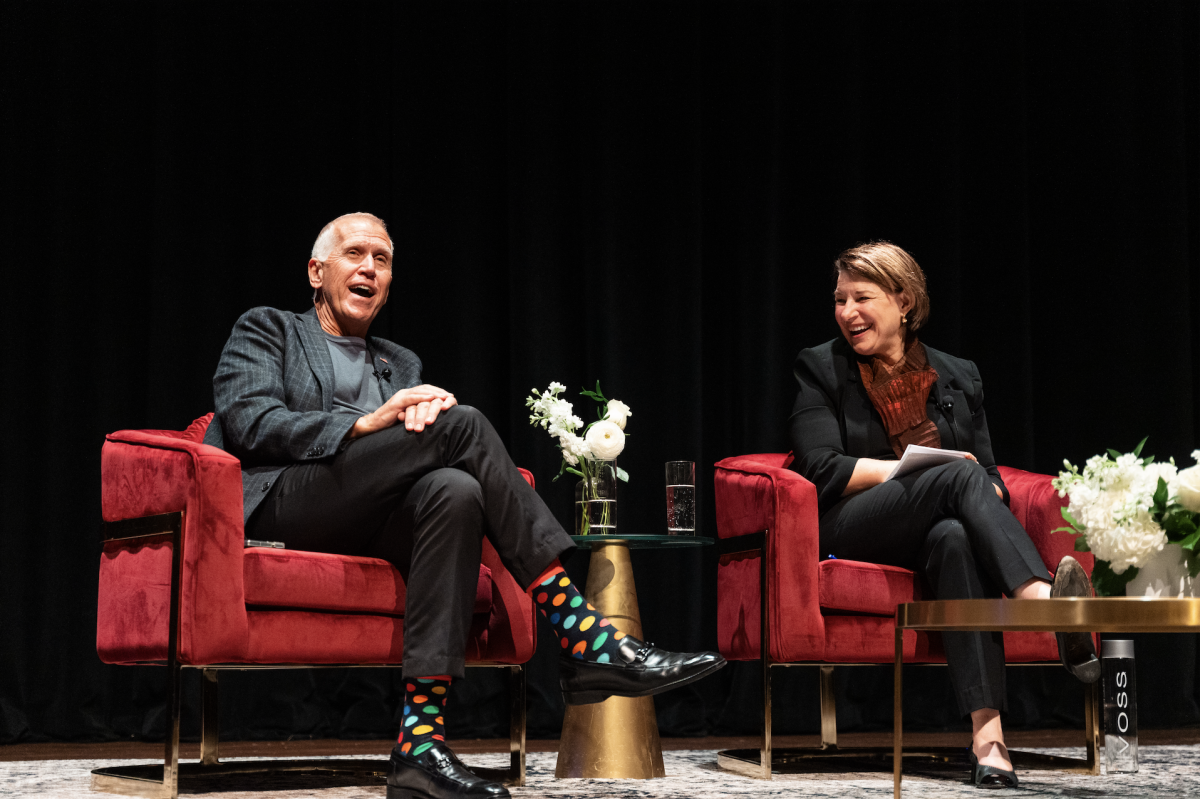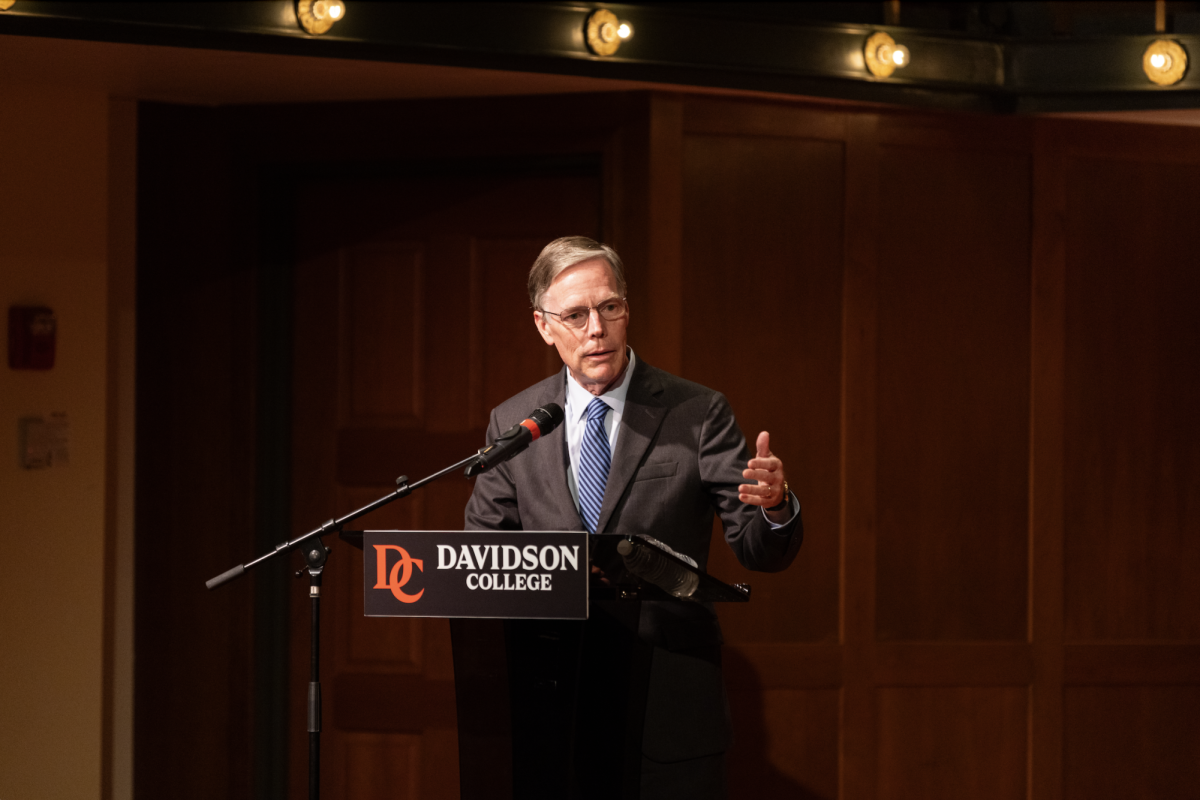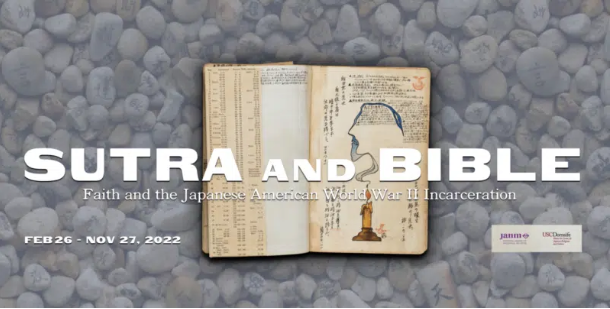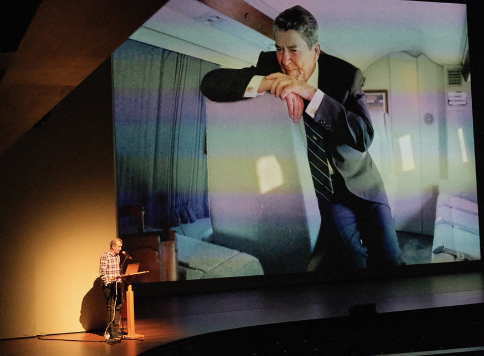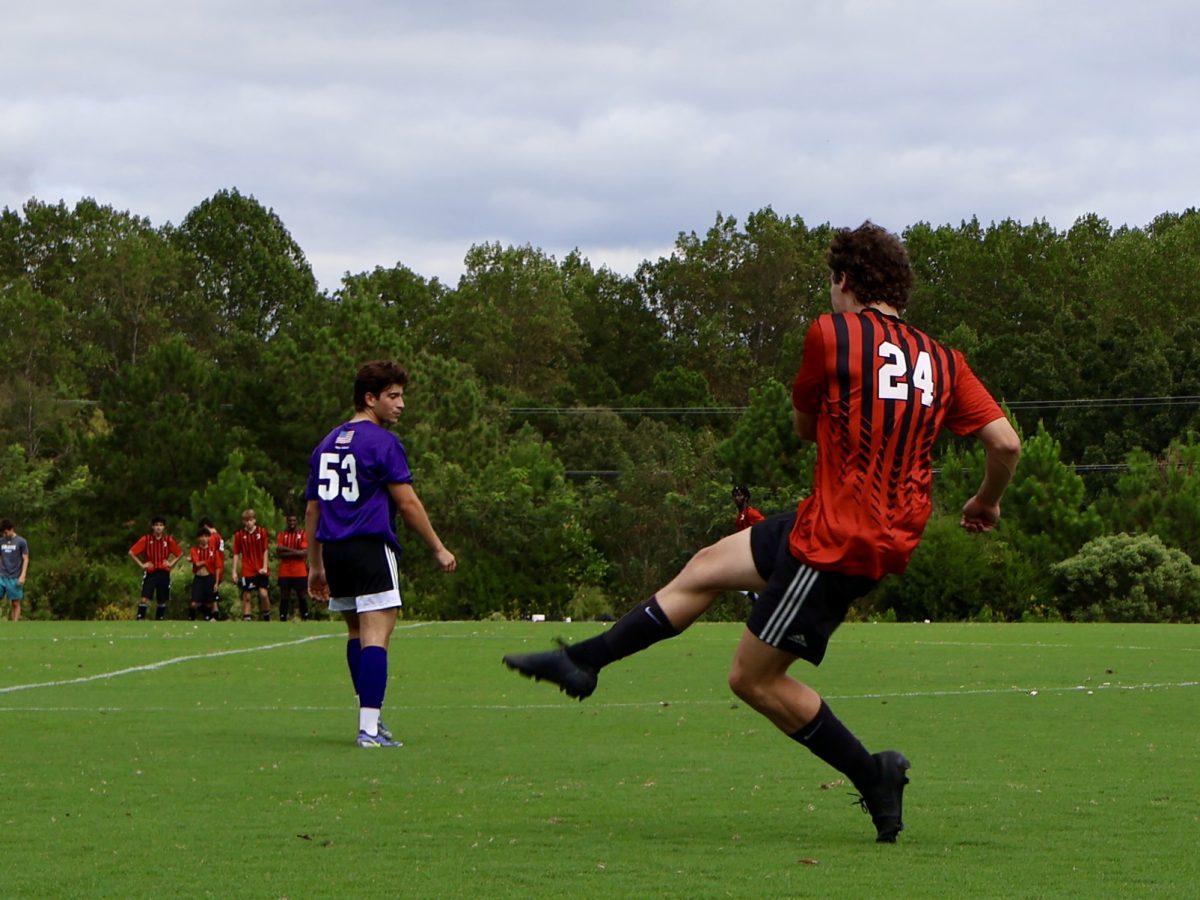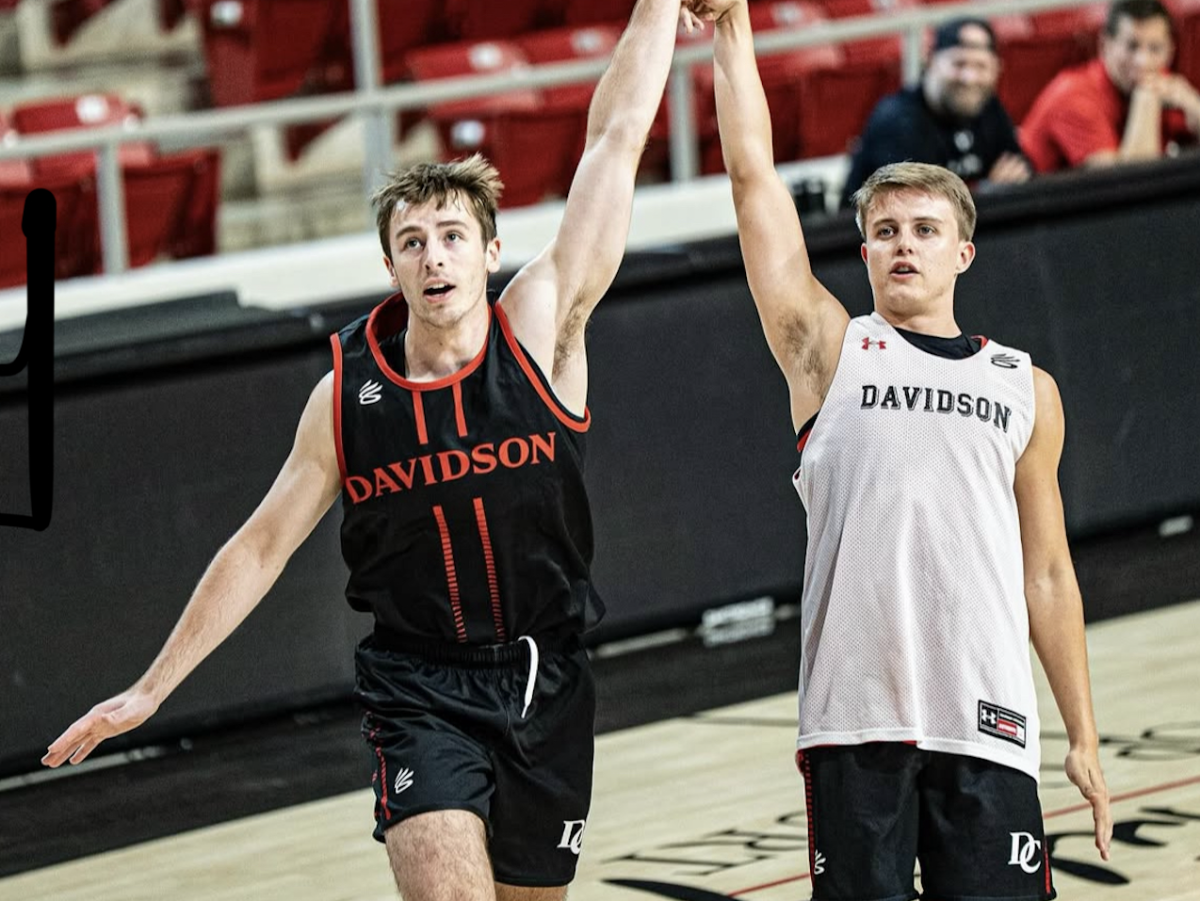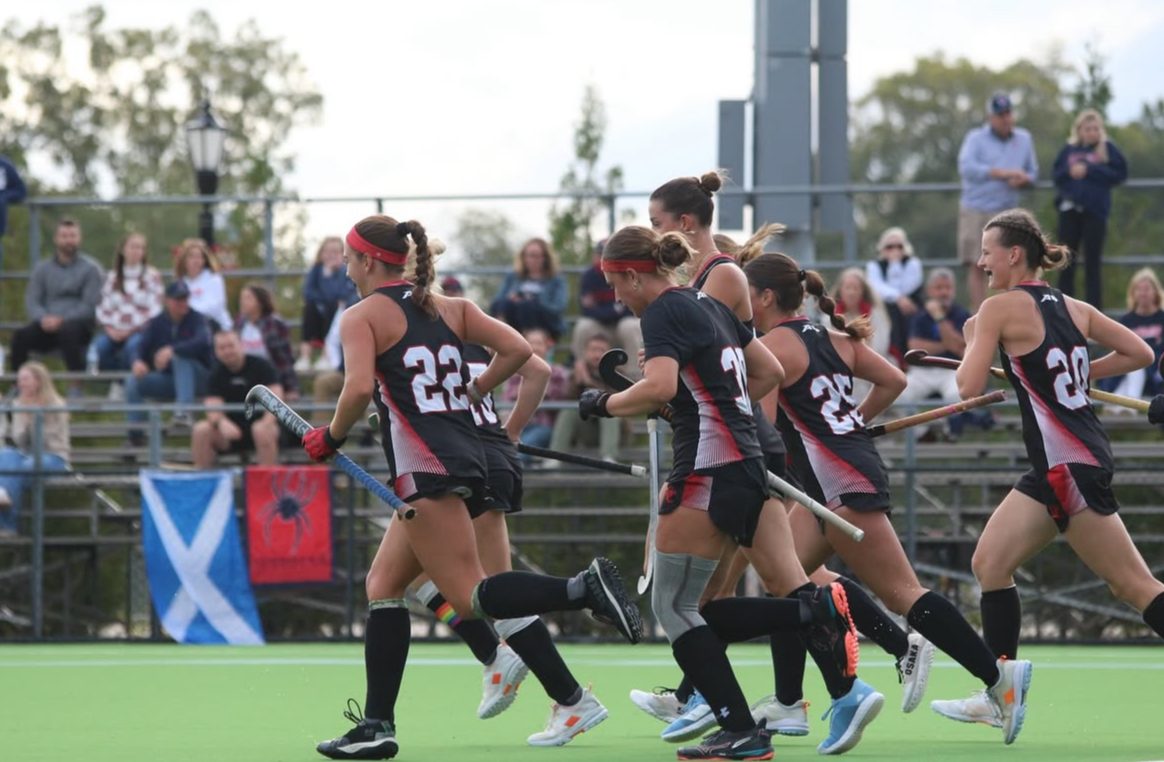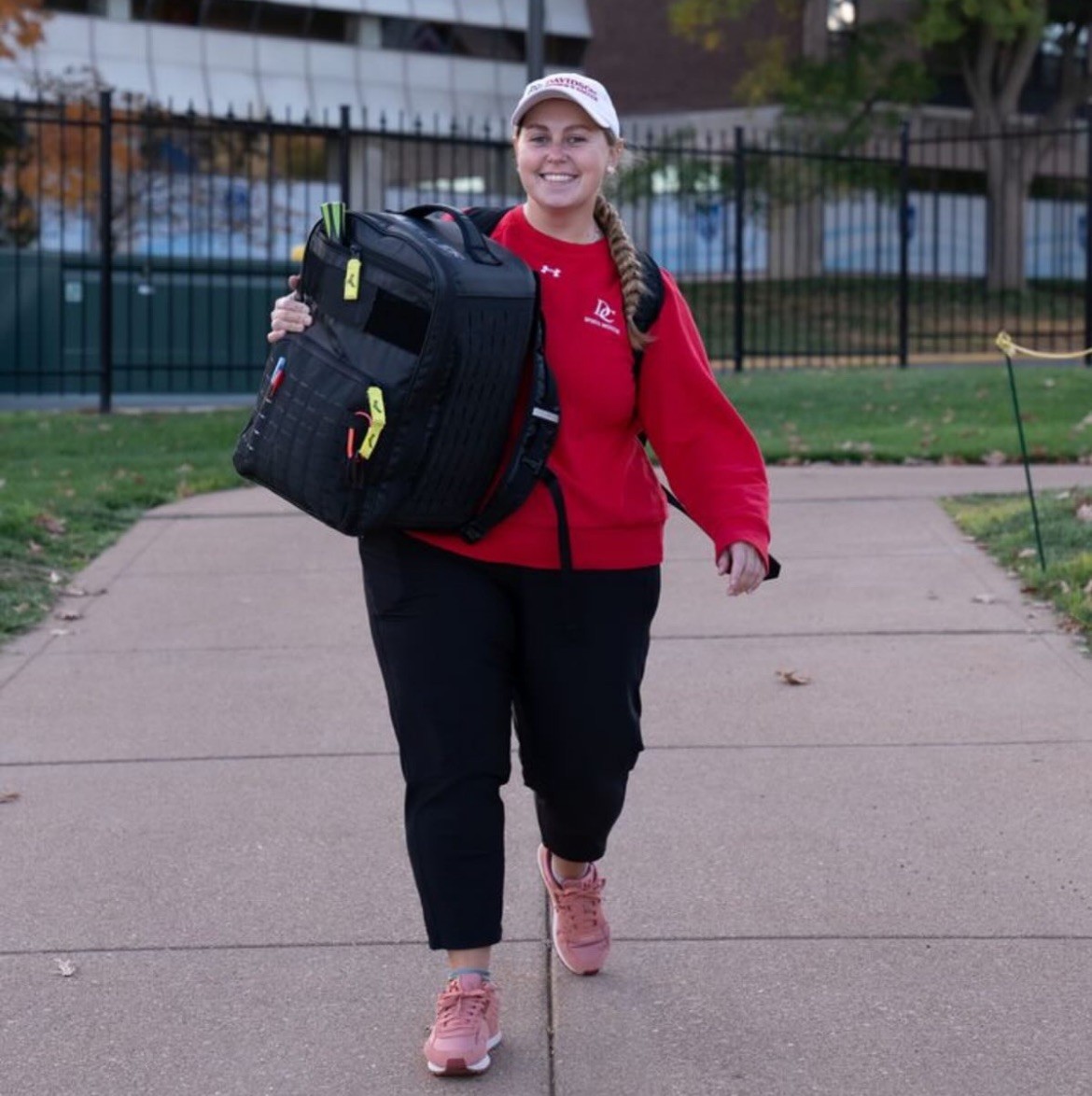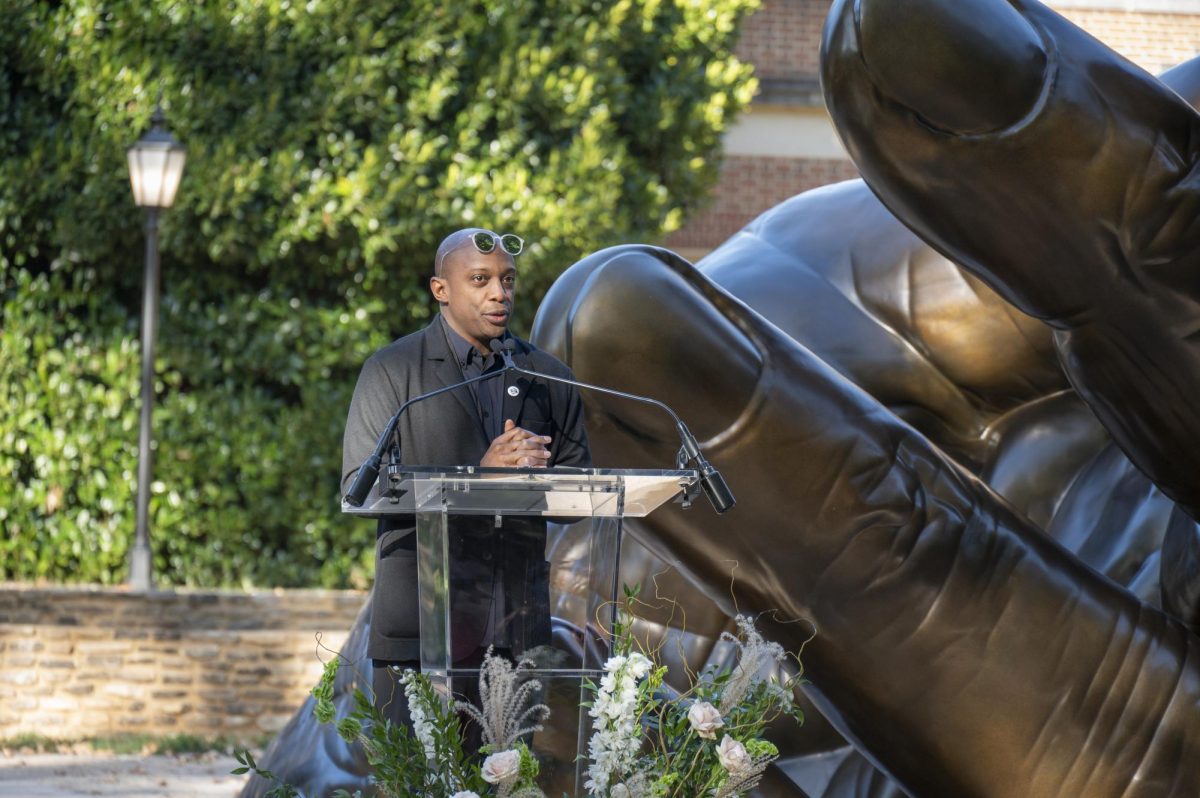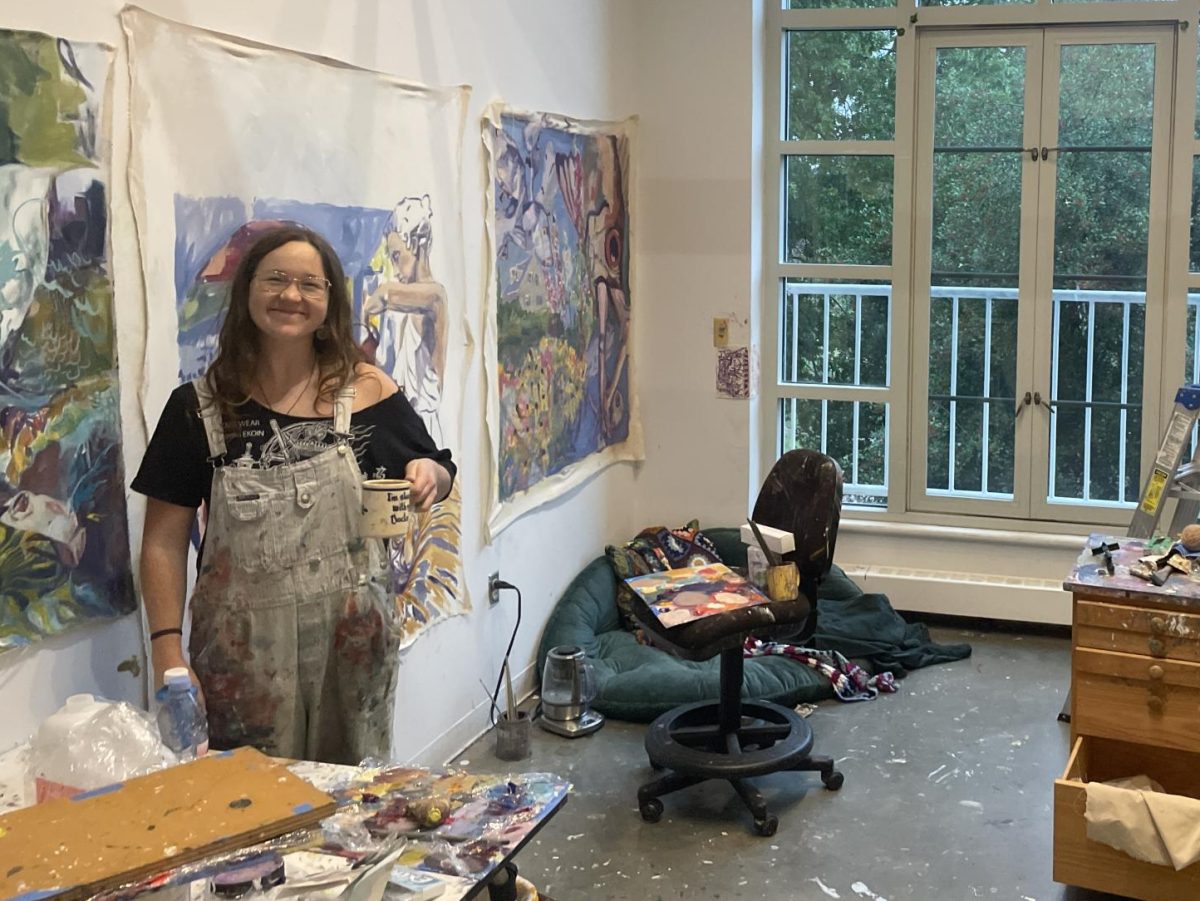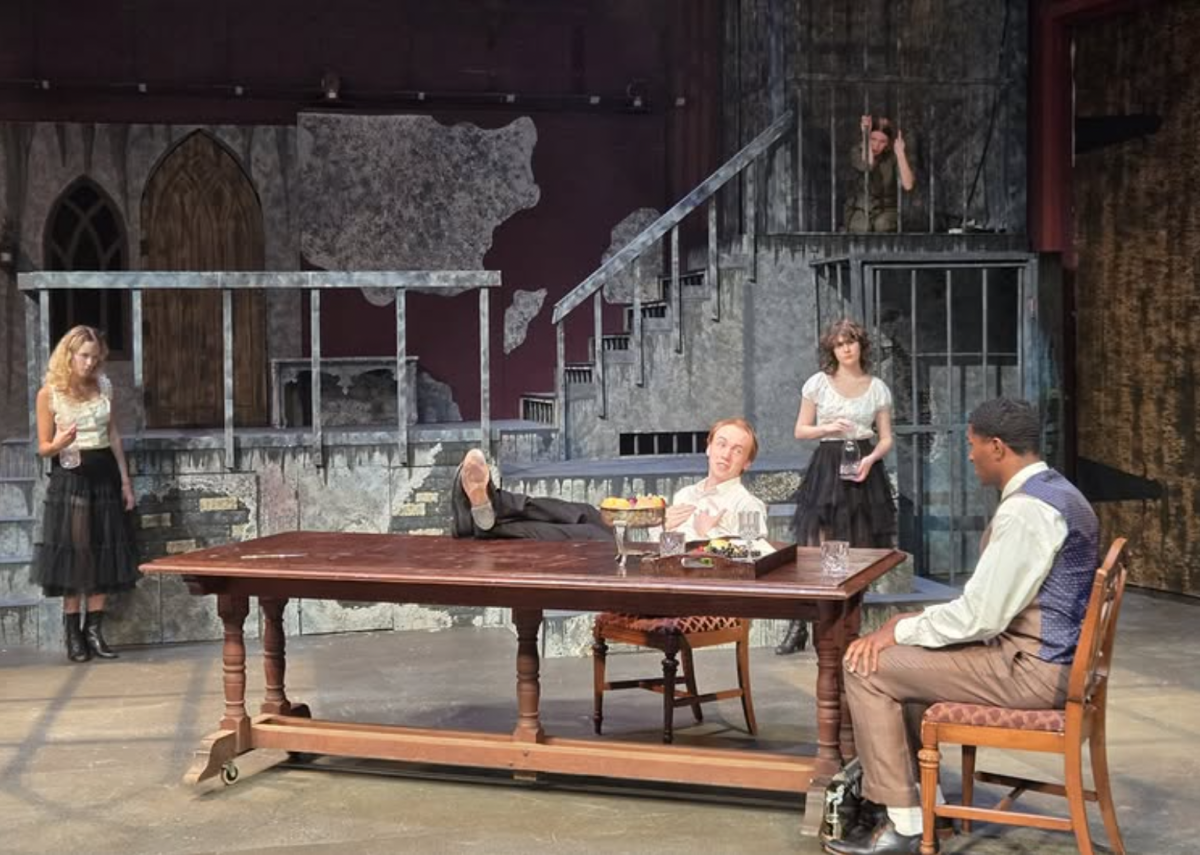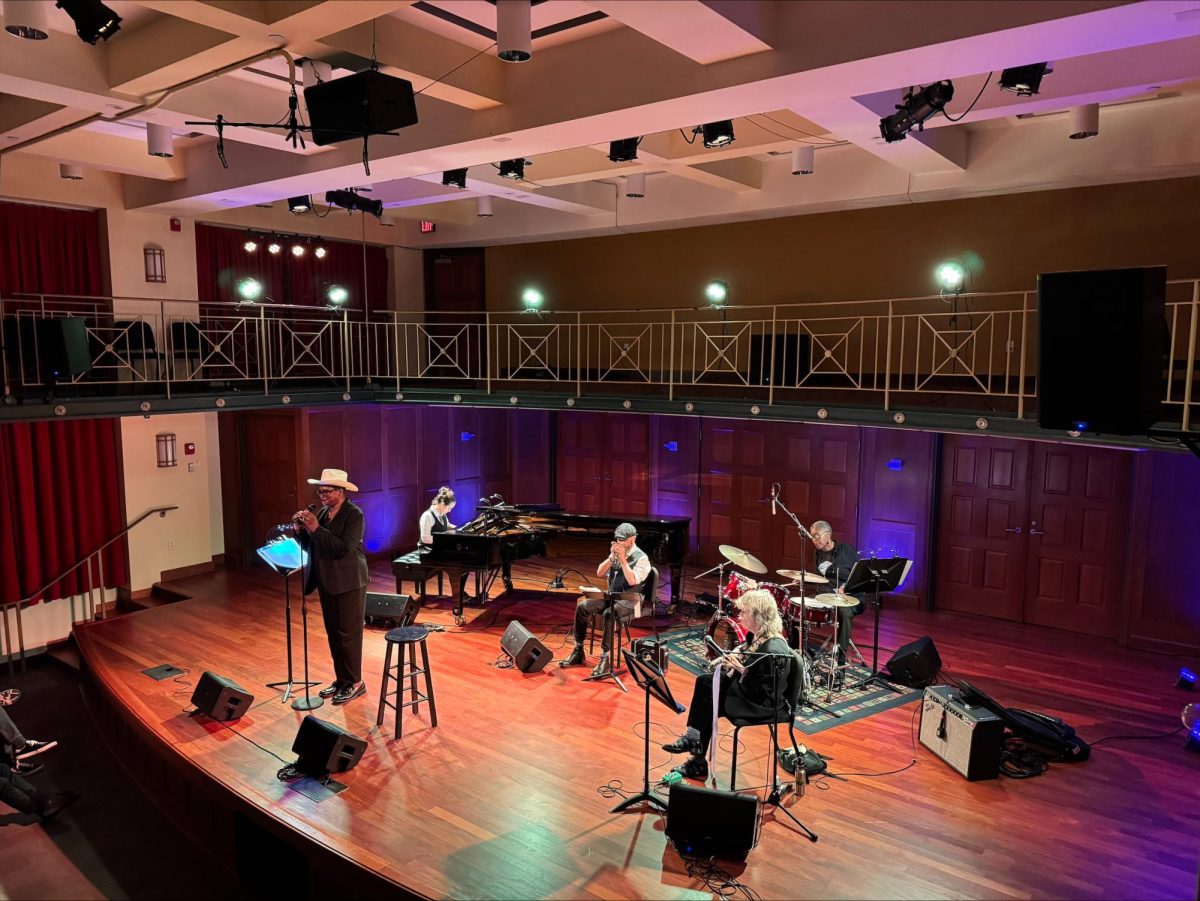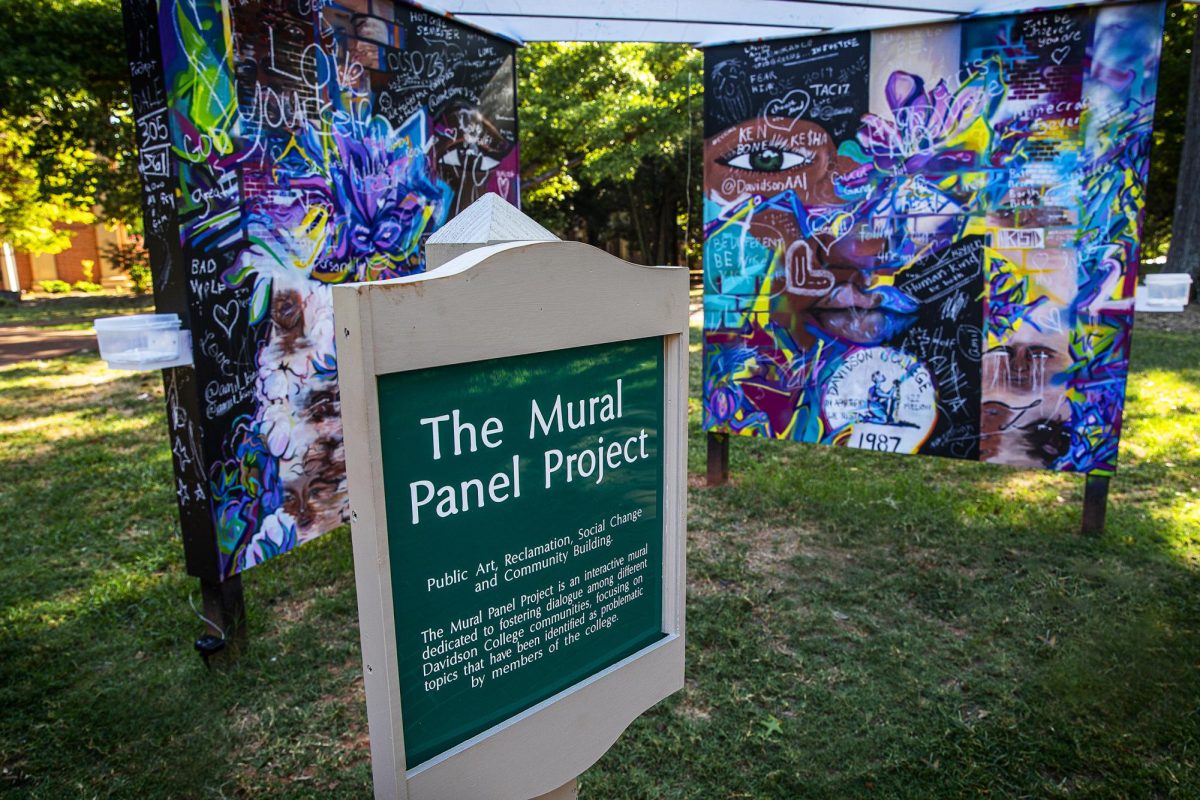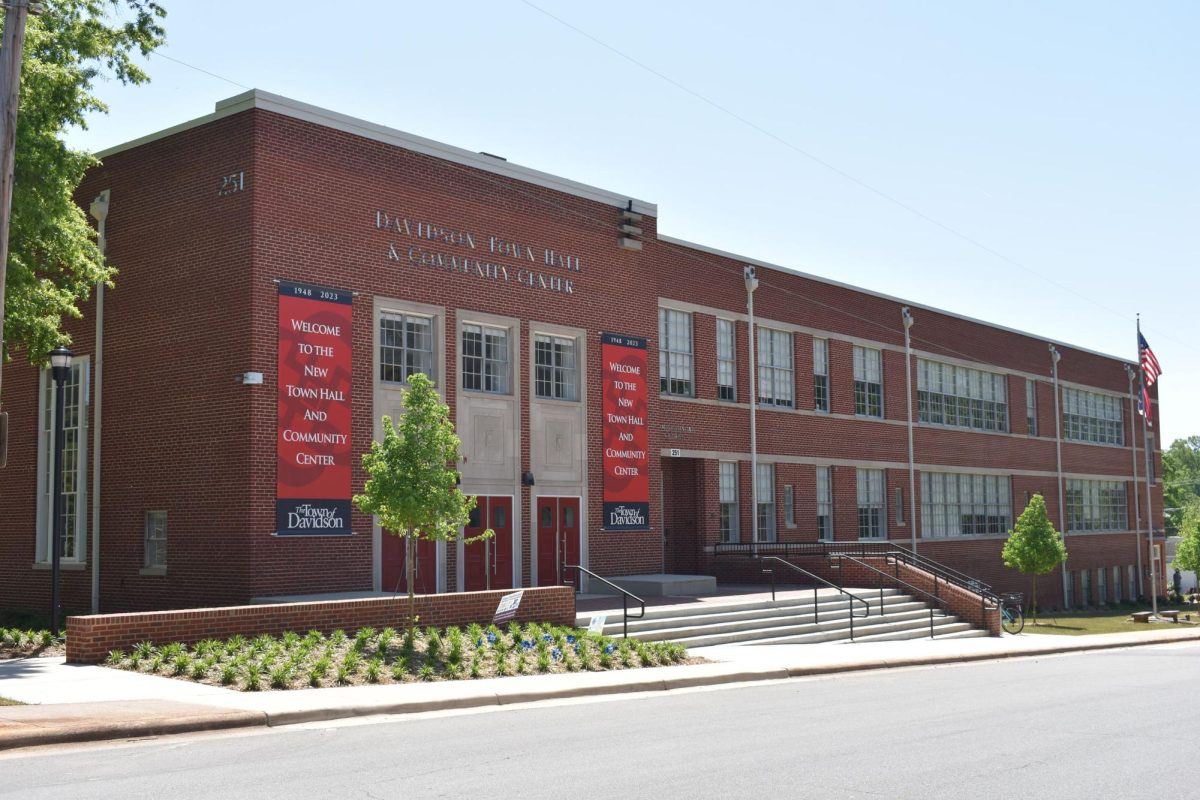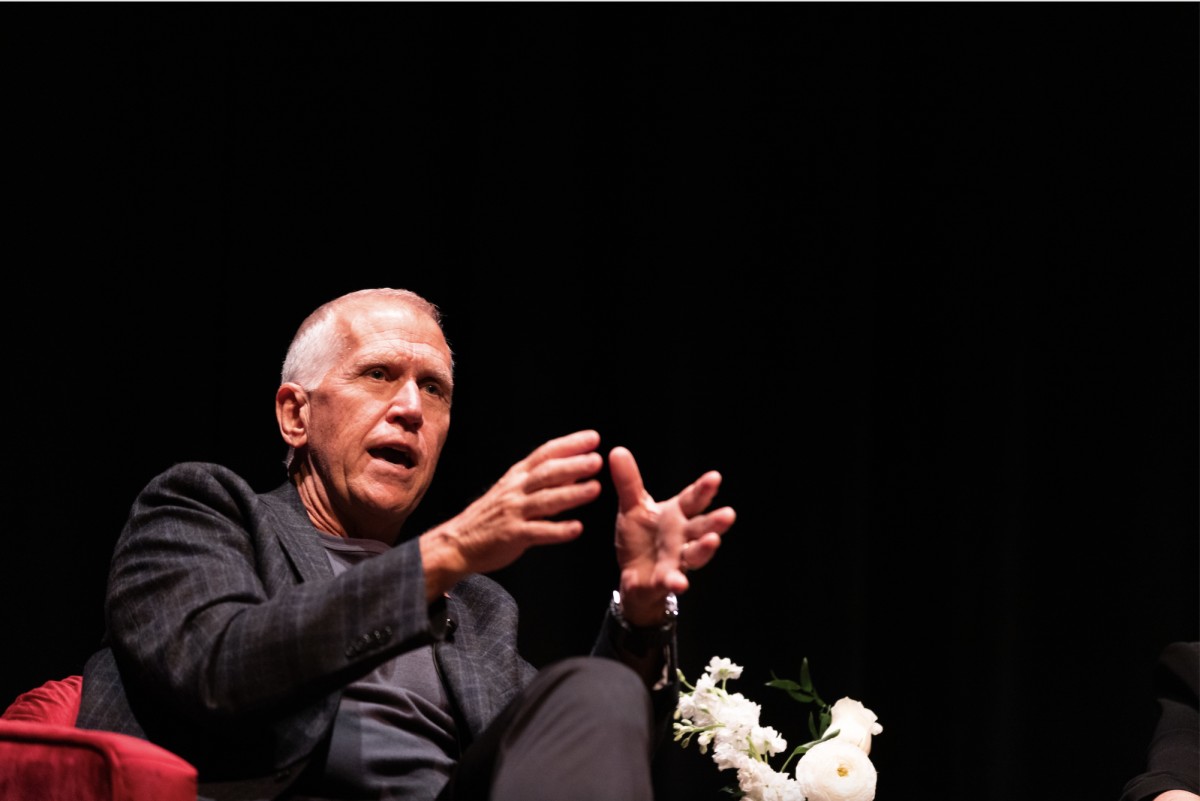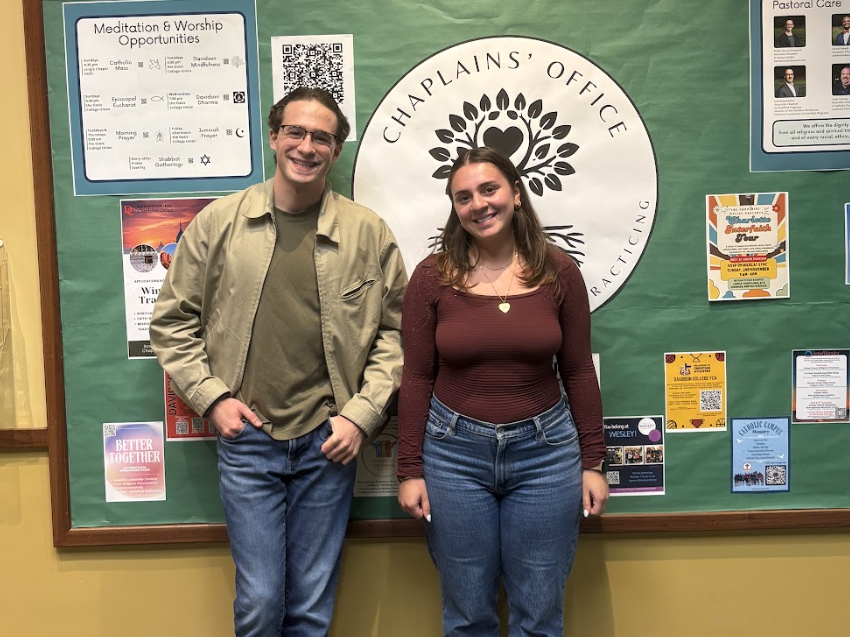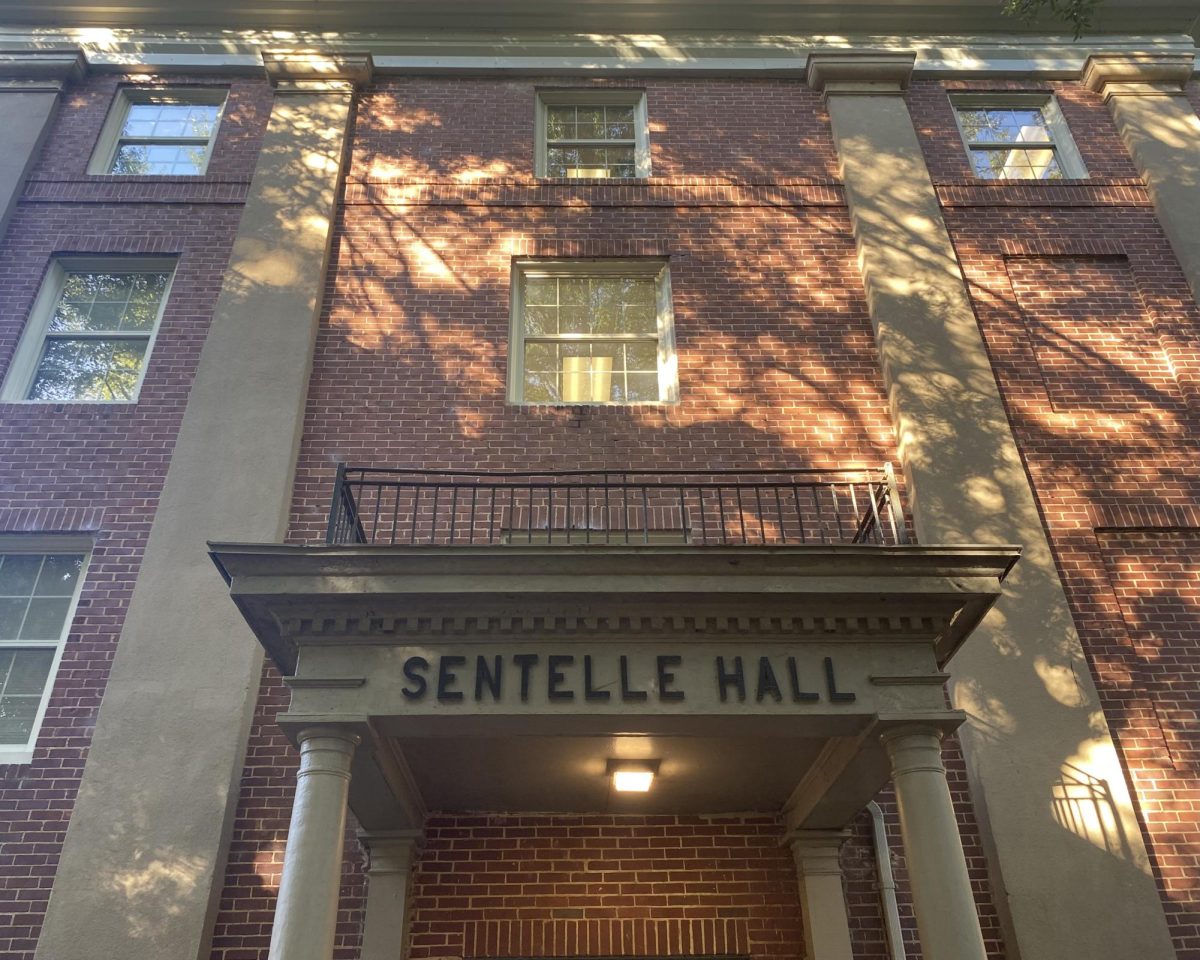Author and poet Clint Smith ’10 delivered the 2025 Reynolds Lecture entitled “Just Beneath the Soil” in conversation with President Doug Hicks ’90. Smith, a writer and poet, used his best selling book “How The Word Is Passed: A Reckoning with the History of Slavery Across America” as a framework to discuss the complex practice of reconciling with histories of enslavement. This discussion extended to the dedication of “With These Hands: A Memorial to the Enslaved and Exploited,” for which Smith was commissioned to write and recite a poem.
The discussion began with Smith’s motivations for writing “How The Word Is Passed,” which was the common read for the Class of 2026. He started thinking about the book in 2017 when Confederate statues in his hometown of New Orleans were taken down. “As I was watching these statues come down, I was thinking about what it meant that I grew up in the majority Black city in which there were more homages to enslavers than there were to enslaved people,” Smith said.
This rumination left him with the framework for his symbol-centric book. “We know that symbols, names and iconography aren’t just symbols, but are reflective of the stories that people tell. Those stories shape the narratives that communities carry, and those narratives shape public policy, and public policy ultimately shapes the material conditions of people’s lives,” Smith said.
“How The Word Is Passed” was a process of exploration for Smith. “I don’t begin my books as an expert. I begin my books, in fact, as someone who doesn’t know a lot about the subject matter; who wants to use the book as a mechanism by which to sort of fill in those gaps and chase my curiosities,” Smith said.
Filling in those gaps includes navigating difficult conversations with people of substantially different worldviews. In a conversation with a member of the Sons of Confederate Veterans, Smith chose to hold back on critiquing his lopsided and factually incorrect views of the Civil War. He recognized doing so would threaten the very core of the man’s identity.
The conversation shifted to Davidson’s “With These Hands” memorial and ongoing education and reconciliation efforts. The sculpture, Smith said, should serve as a reminder of the work that remains. “You don’t run across the finish line, get your medal and say, ‘Now we’re not racist anymore.’ […] It’s a practice, it’s a way of life,” Smith continued.
He described this practice of change as a long process of contributing to a larger goal, one that you may never see realized. “We all have our little hammers and we’re all chipping away at this wall, and you don’t know if the wall is six inches thick or 6000 miles thick. What you know is that the more you chip away, the less the people who come after you will have to chip away. I think that that’s part of our collective responsibility,” Smith said.
Smith applied that same metaphor to the memorial. “There have been generations of Black students on this campus who have fought and fought and fought and talked and talked and talked and pushed and pushed and pushed to make it and descendants in the community who pushed and pushed and pushed for recognition,” Smith said. “Just imagine all of the descendants who pushed for this sort of recognition, who won’t be there tomorrow, but that memorial only exists because of the work that they did.”
Attendee Michaela Bryant ’28 appreciated how Smith highlighted the aggregate process of change.
“I thought that it was truly inspiring, his mention of picking away at the wall not to see change maybe in our own lifetimes, but to know that that change will be experienced by future generations. [That really] clarified some of the fears I had in my own mind about how much I want to bring about change, but worrying that nothing is actually coming out of the efforts that are going on right now,” Bryant said.
Nas Jean-Paul ’24 attended the lecture with his Alpha Phi Alpha Fraternity brothers. Smith was the vice president of Alpha Phi Alpha when he was at Davidson. Jean-Paul said that the conversation should have more directly addressed Davidson’s history with slavery and exploitation, and how the memorial will inform further communal action.
“I feel like there were probably opportunities to frame the discussion to be more focused on a dedication and actual impact that it will leave on the Davidson College community and also the [wider] Davidson community,” Jean-Paul said.
The lecture focused on larger scale efforts of reconciliation than those taking place at Davidson. “We’re looking specifically at how Davidson College reconciled with [their history of slavery]. The context of Dr. Clint Smith’s work with “How the Word Is Passed” […] was important, but it just took time away from that conversation.”

